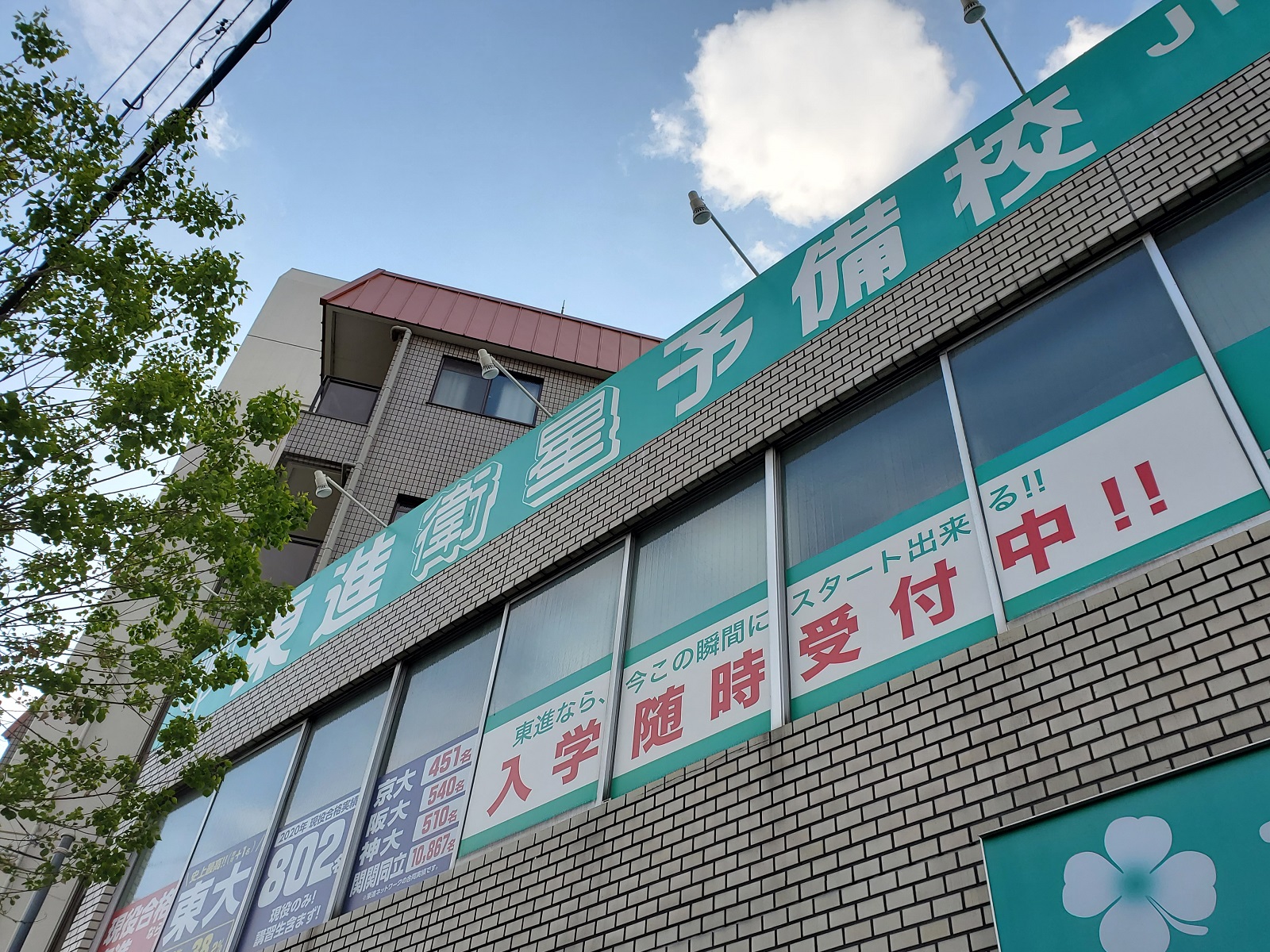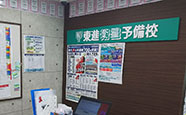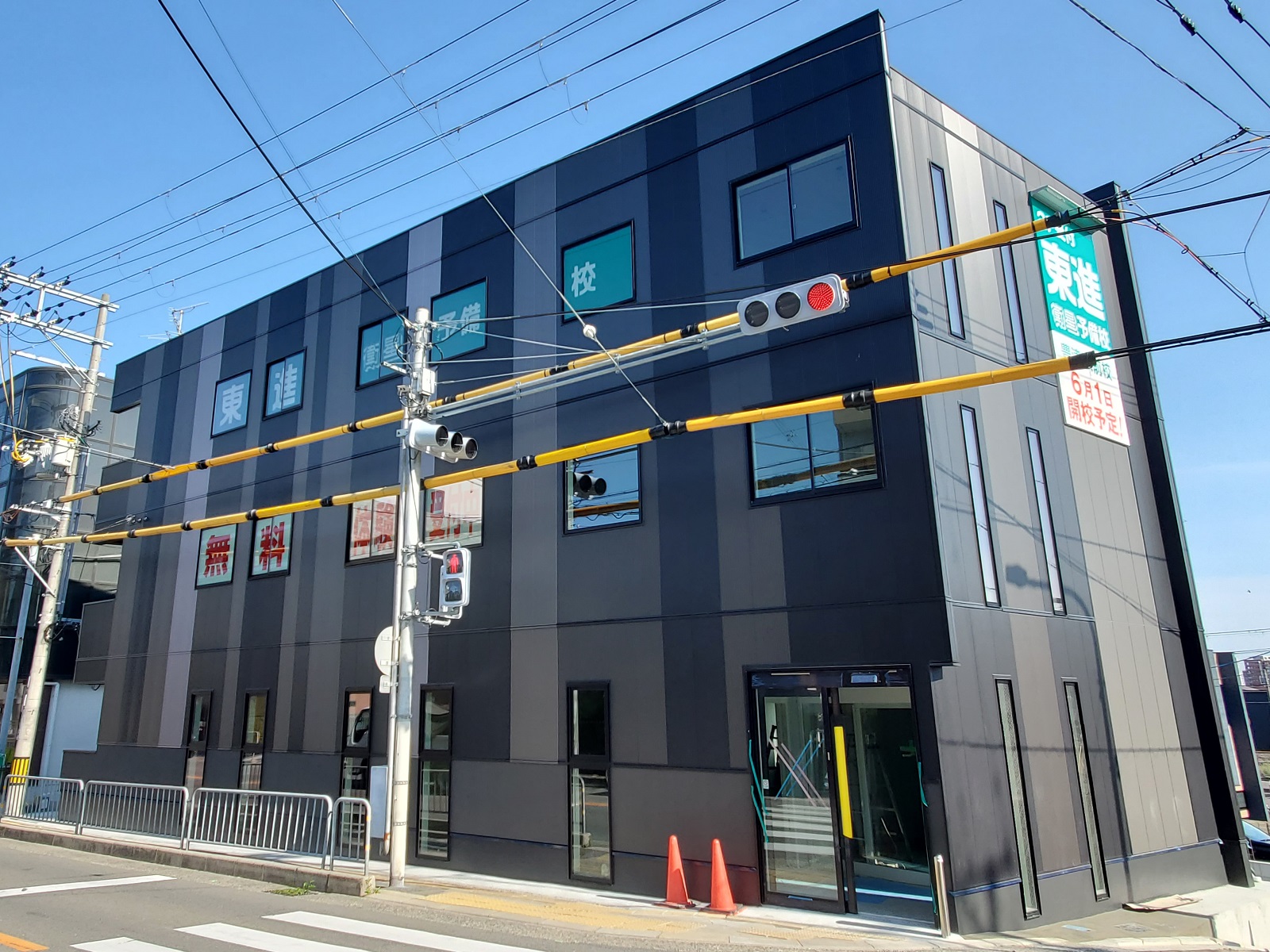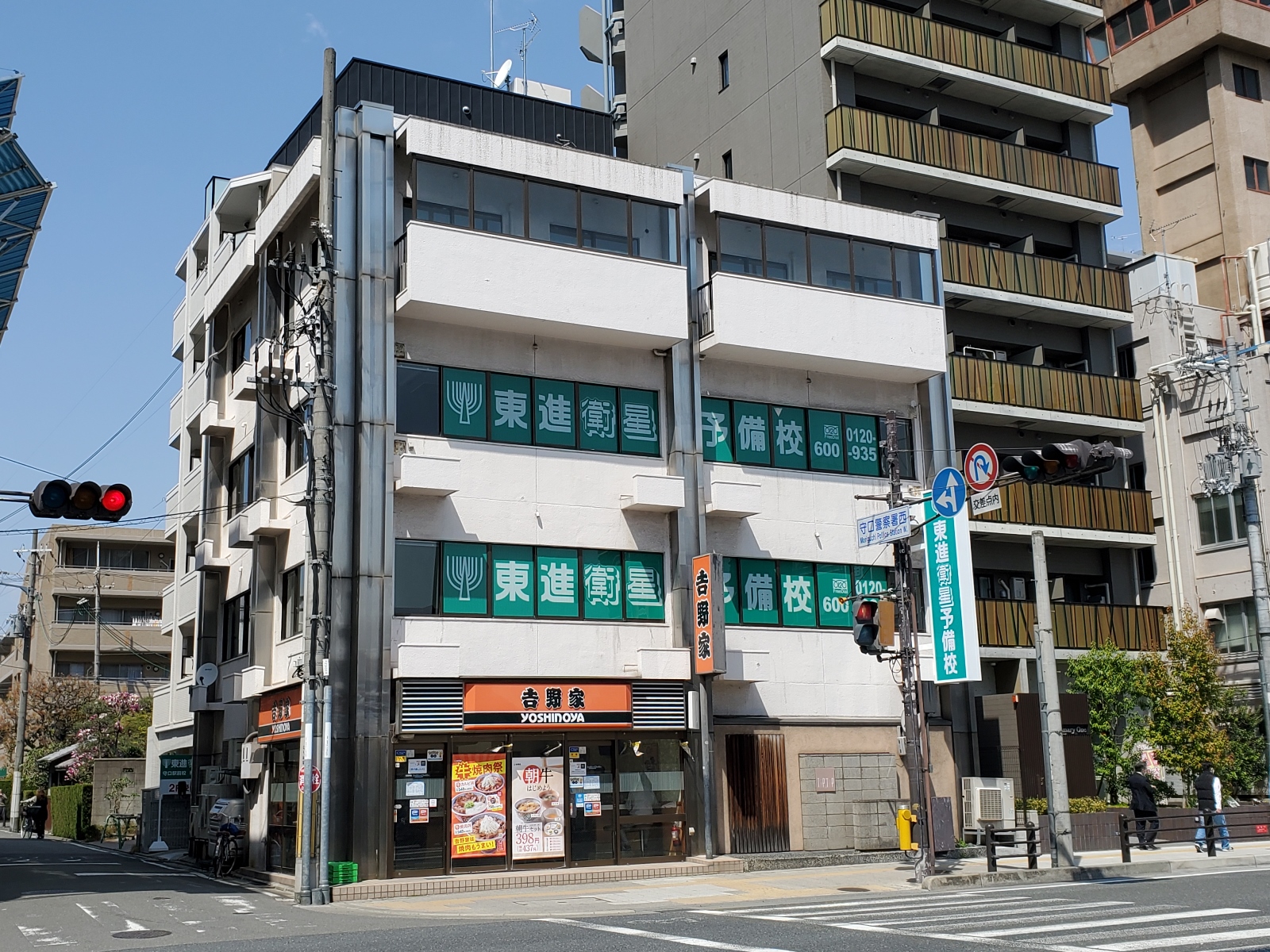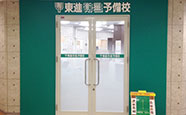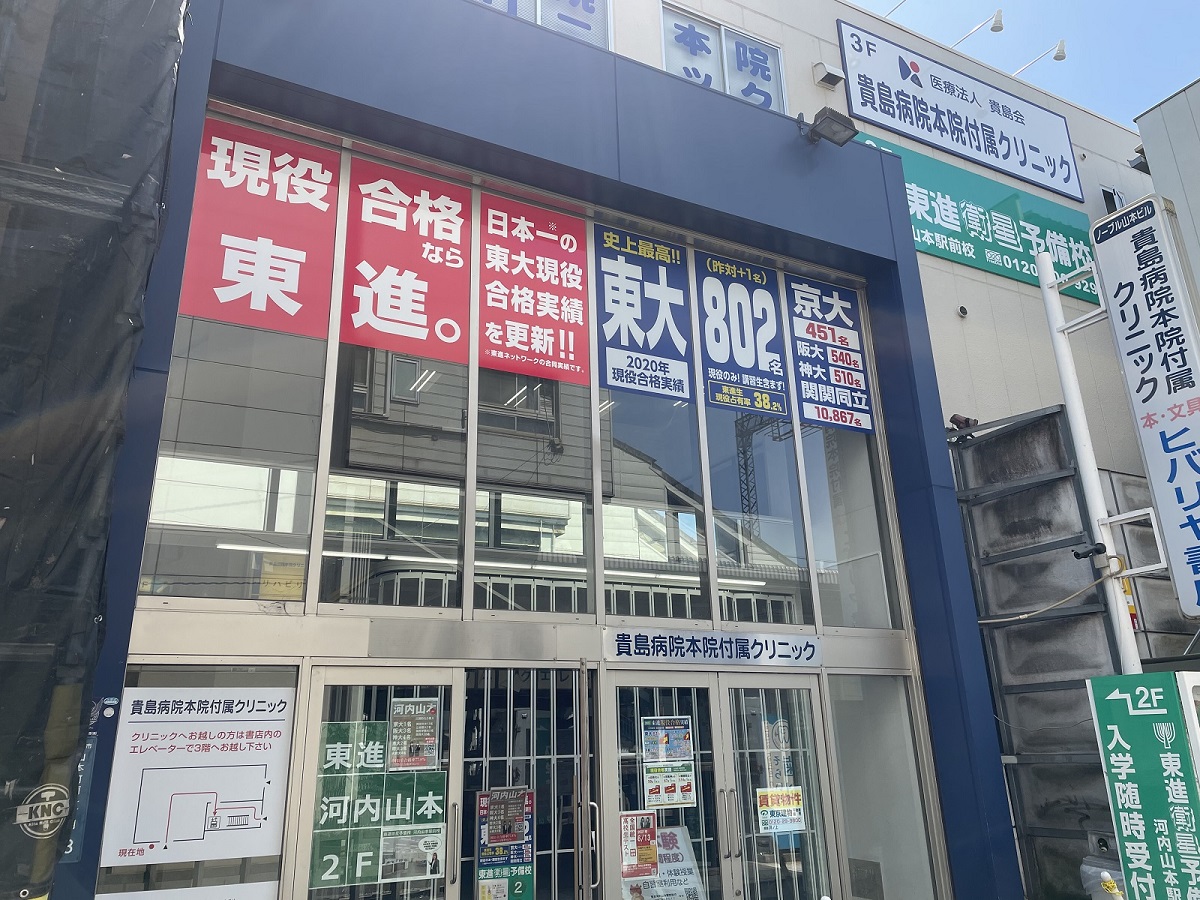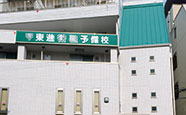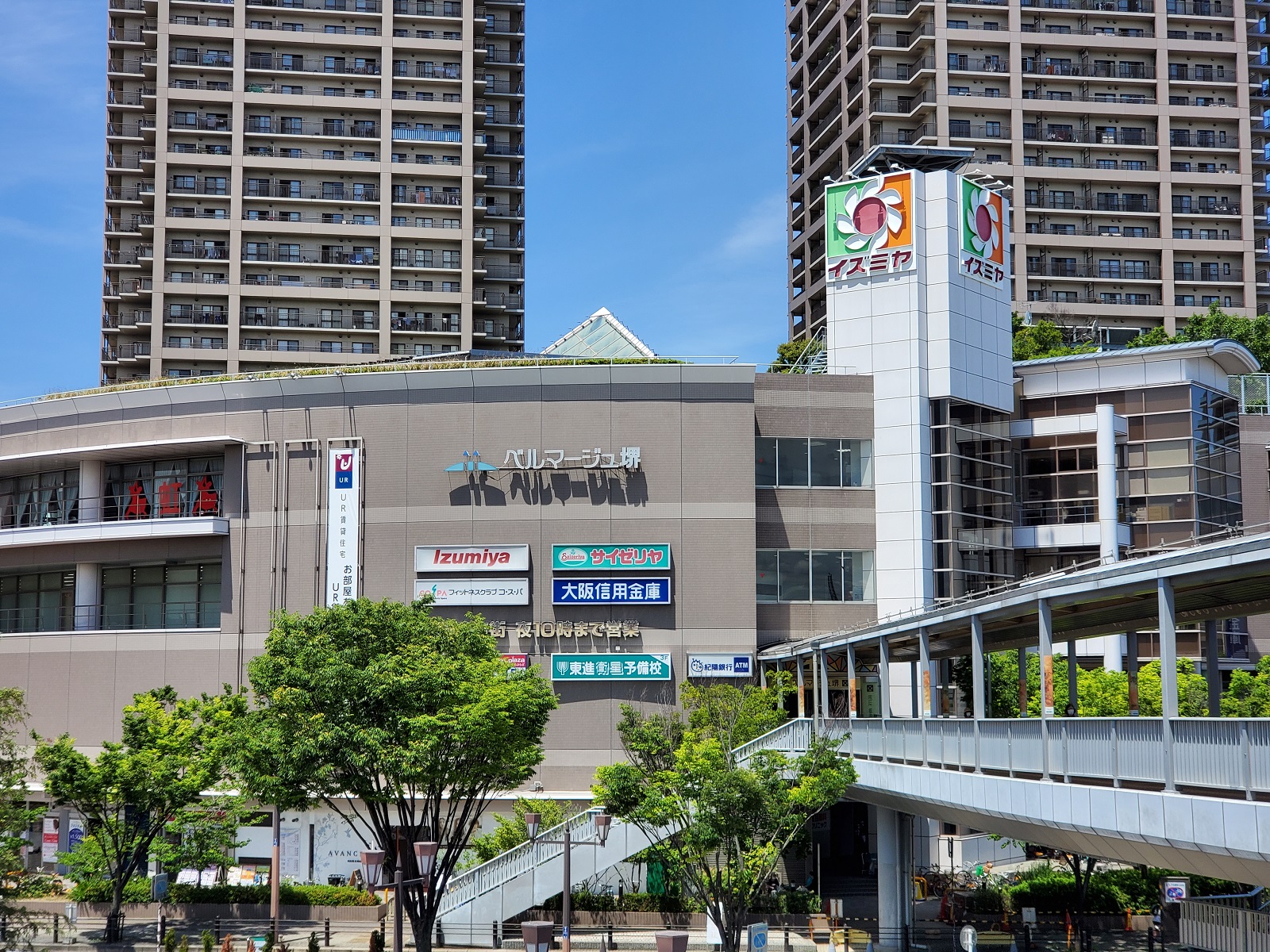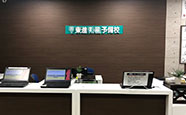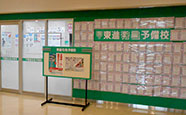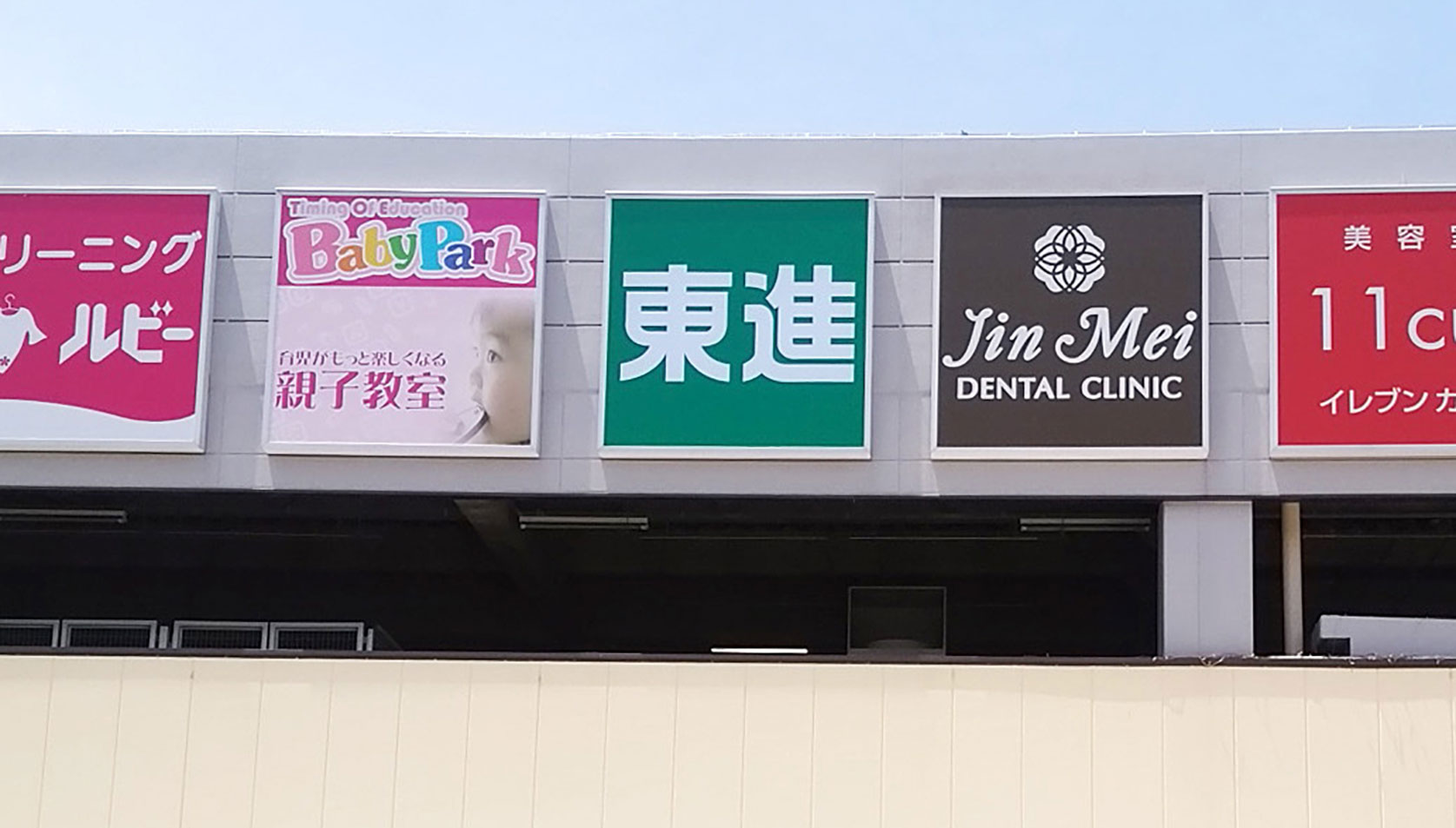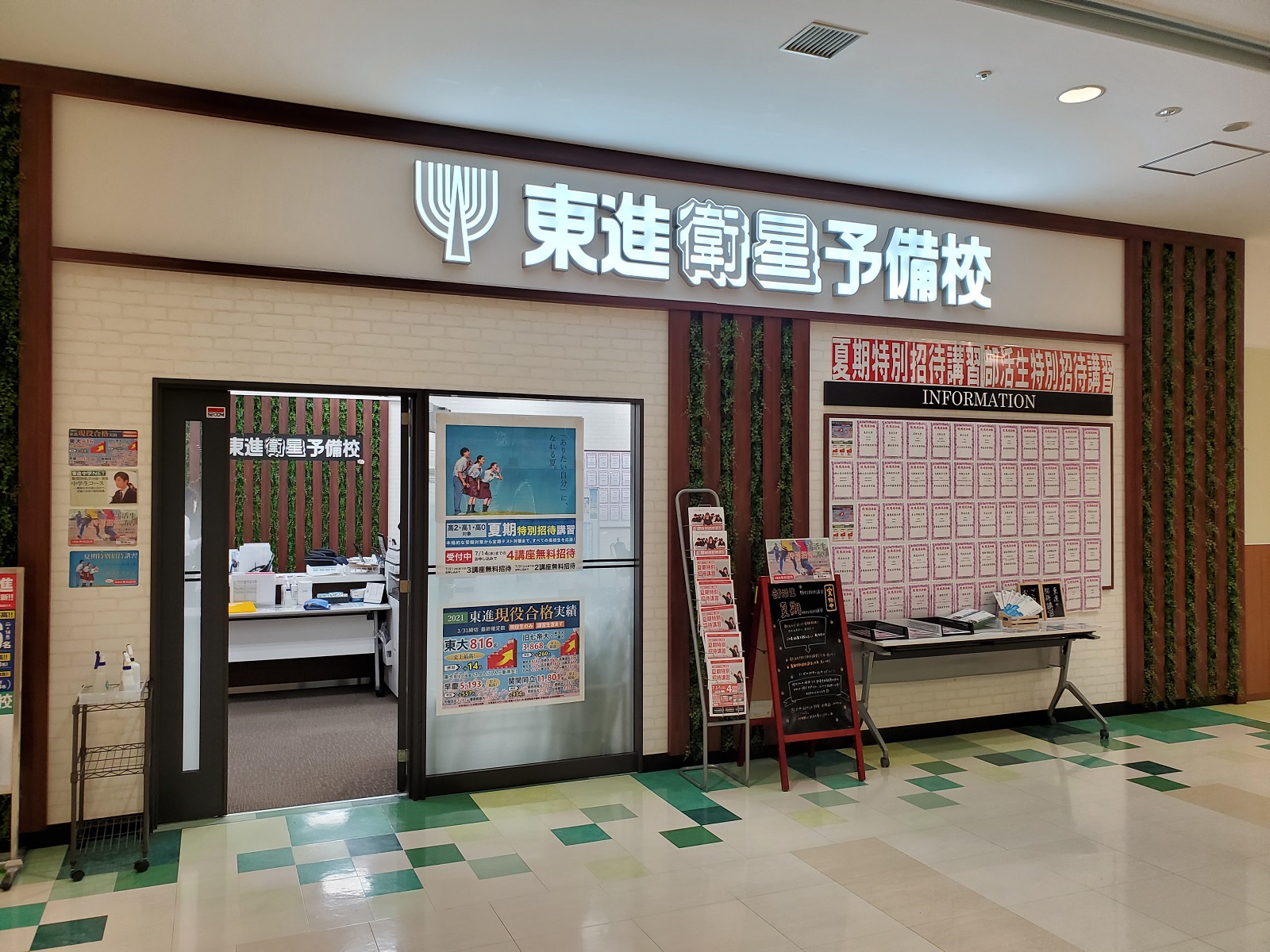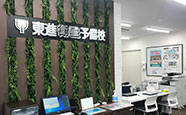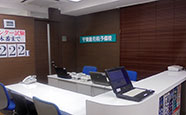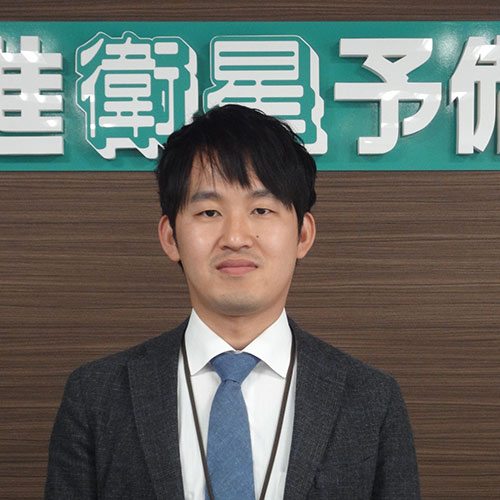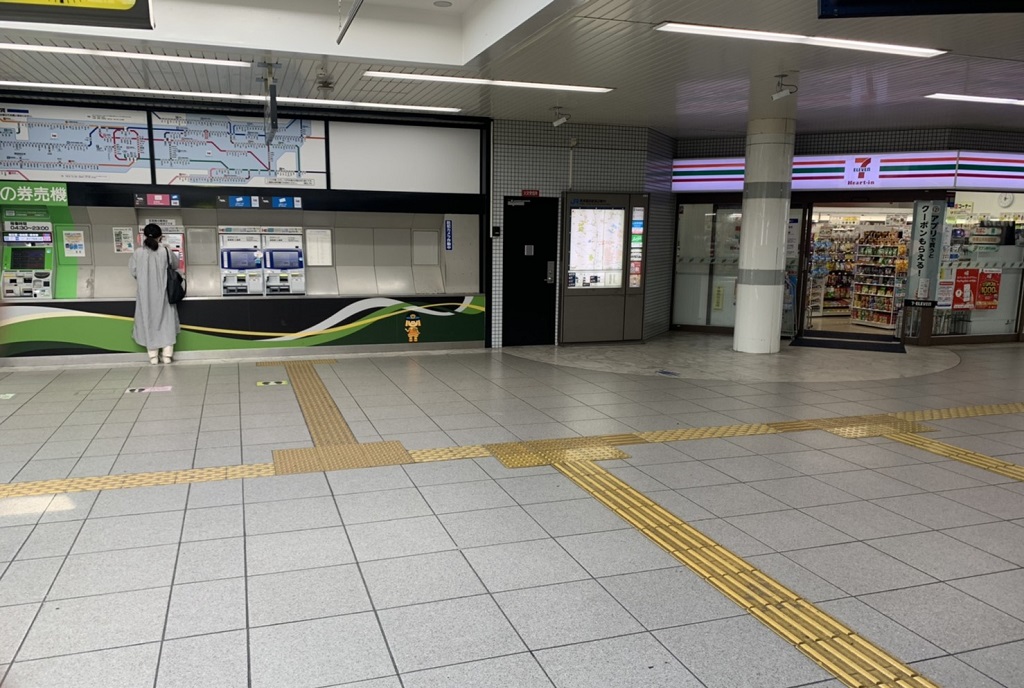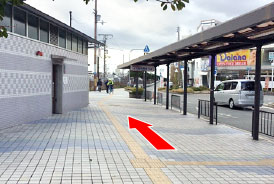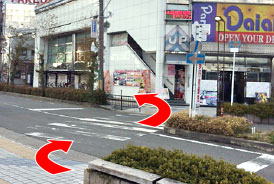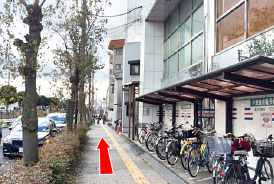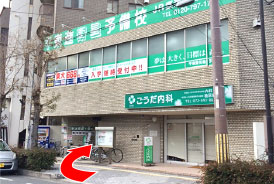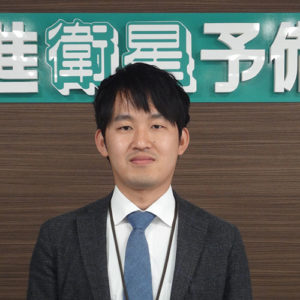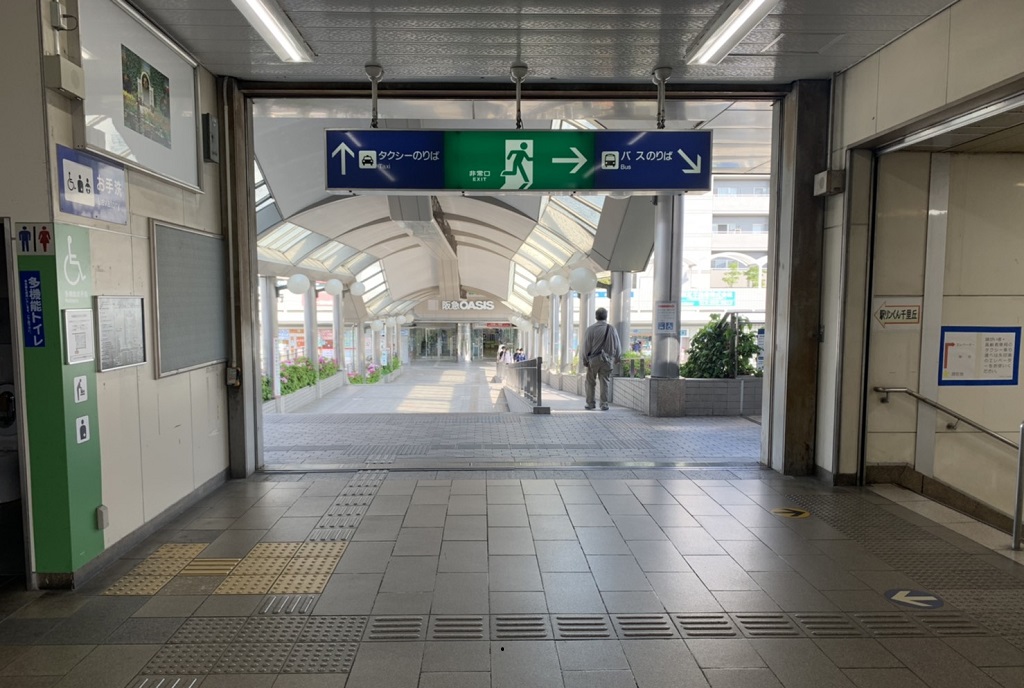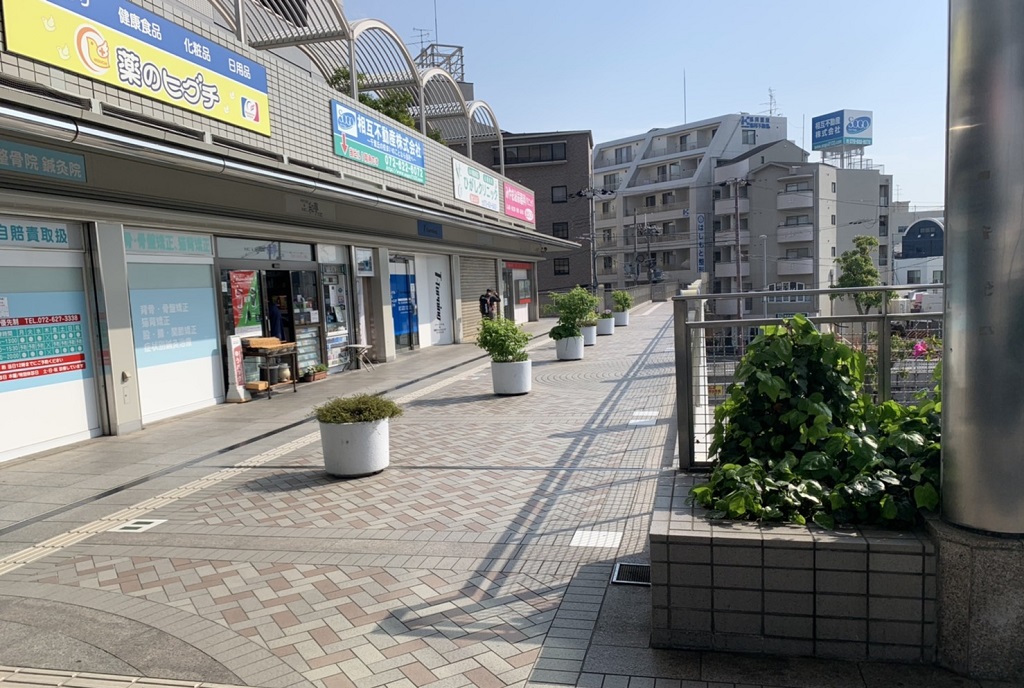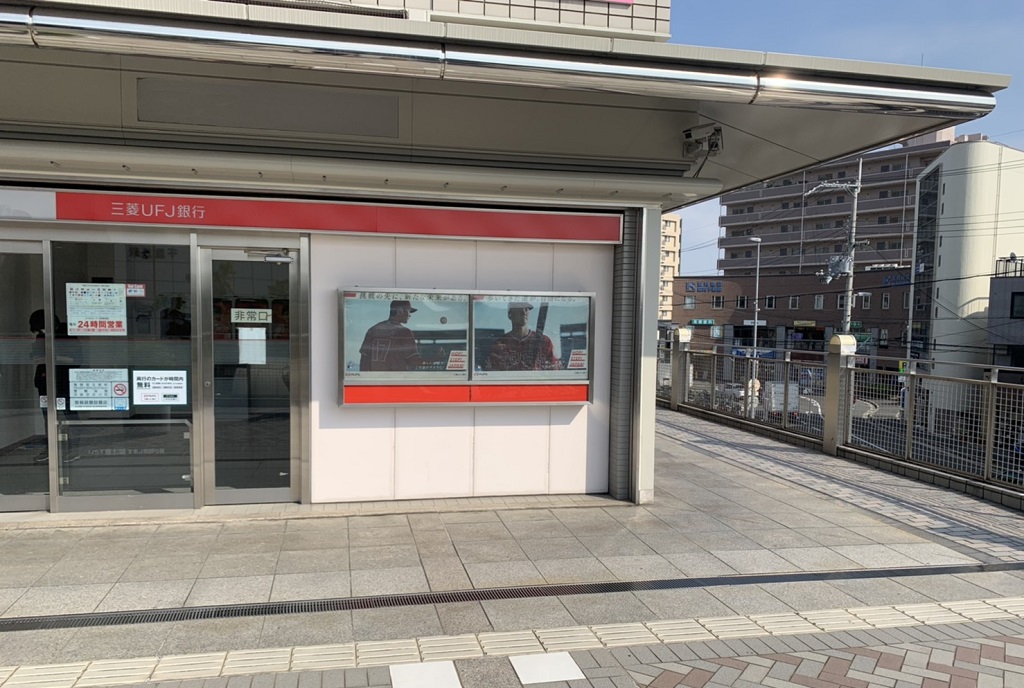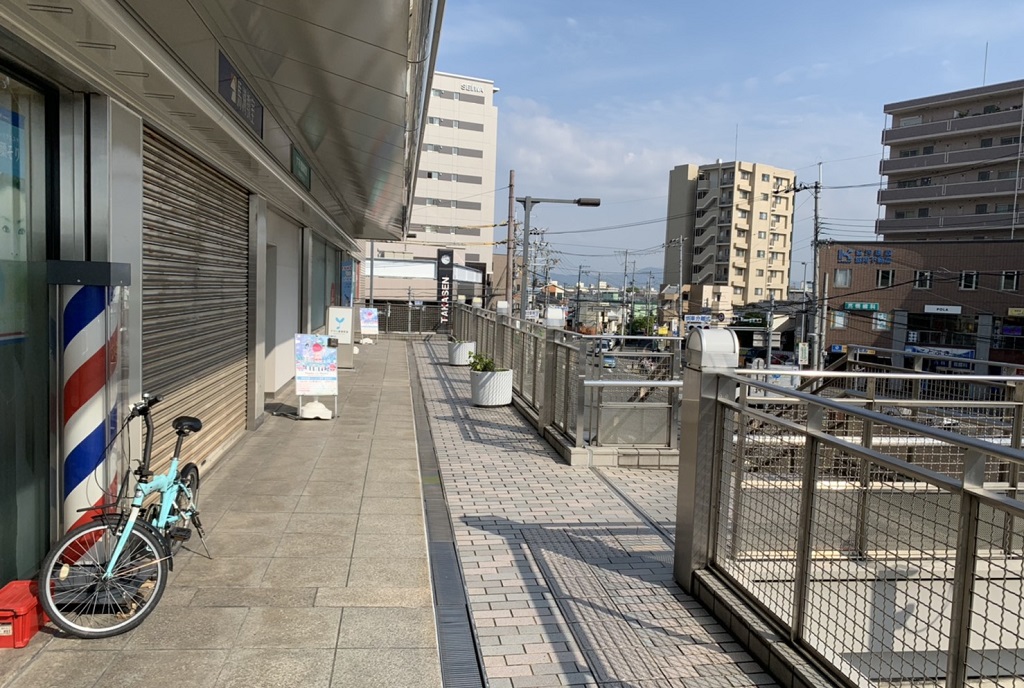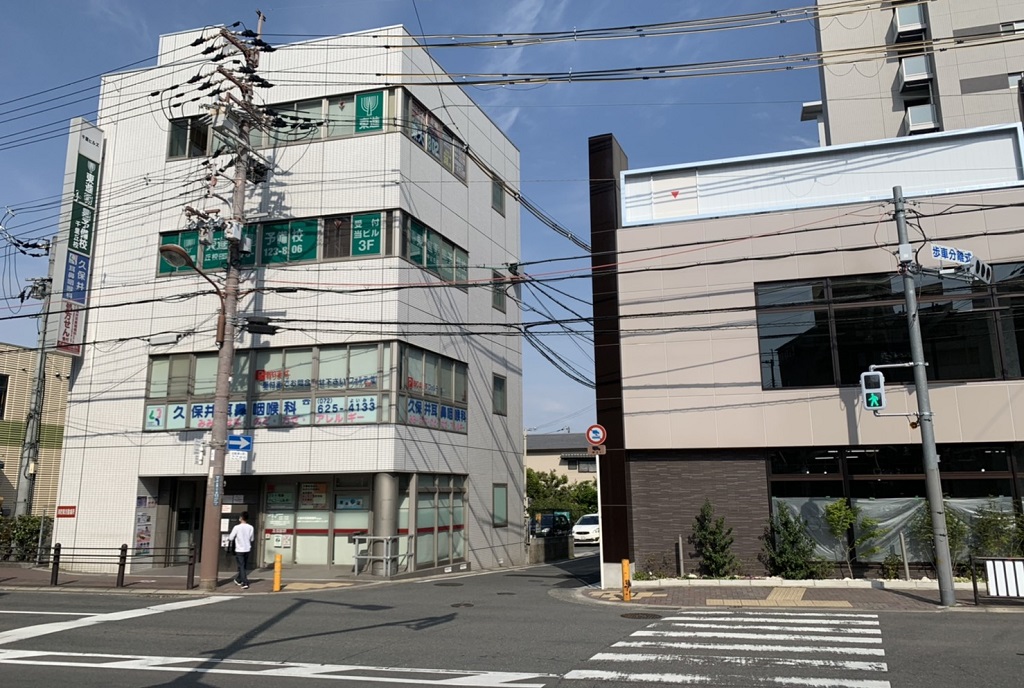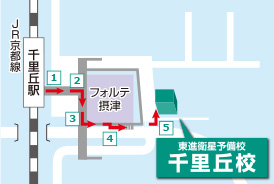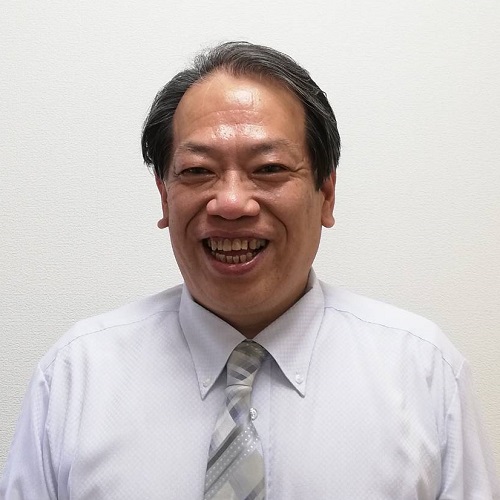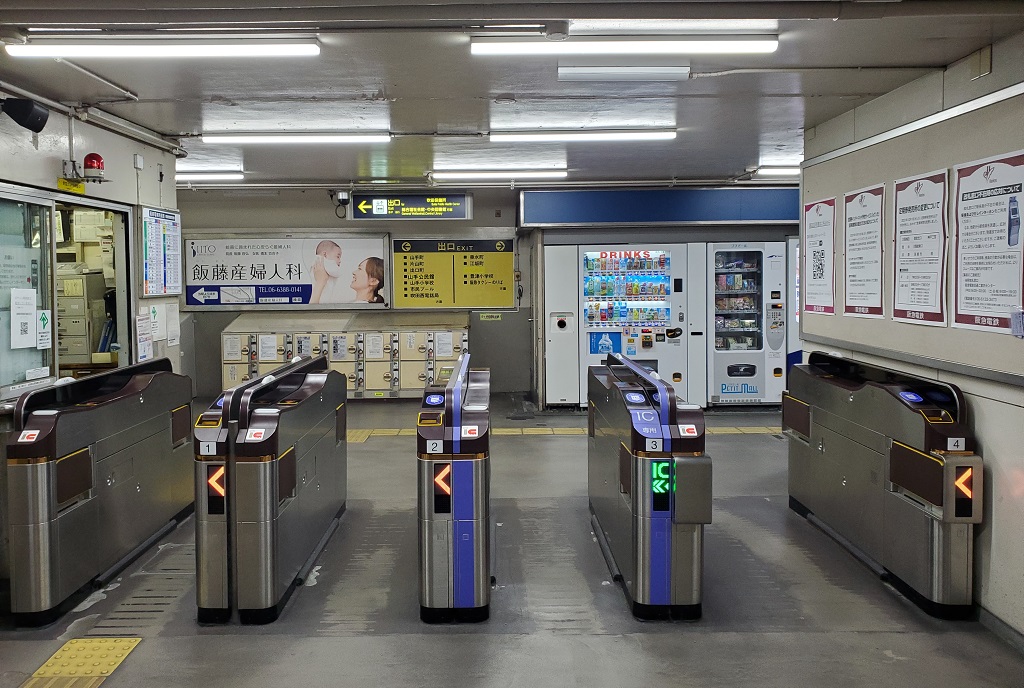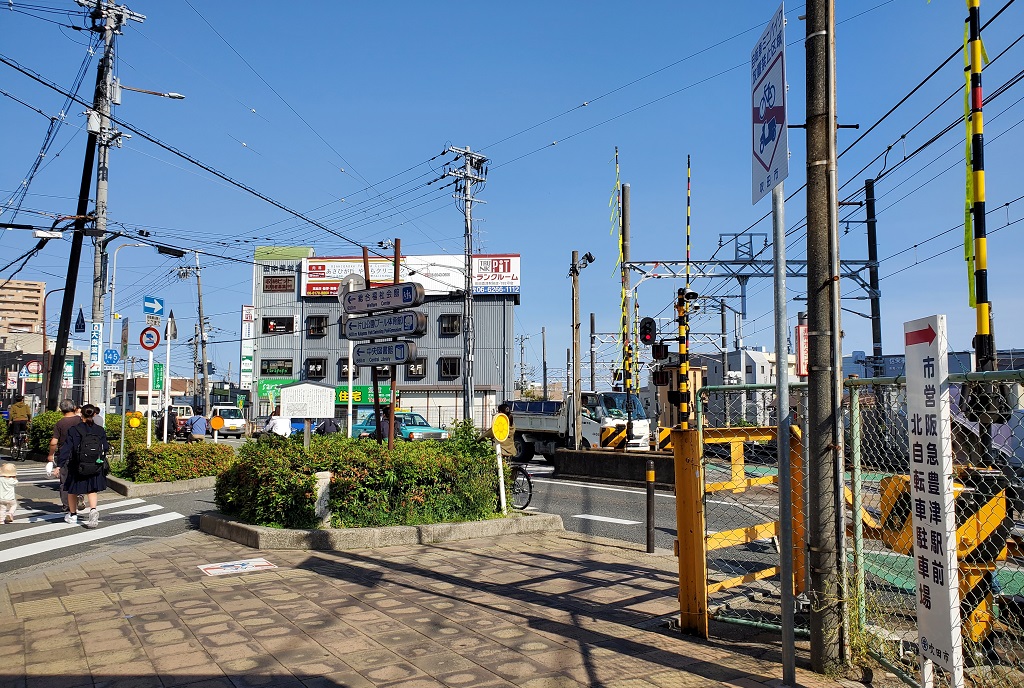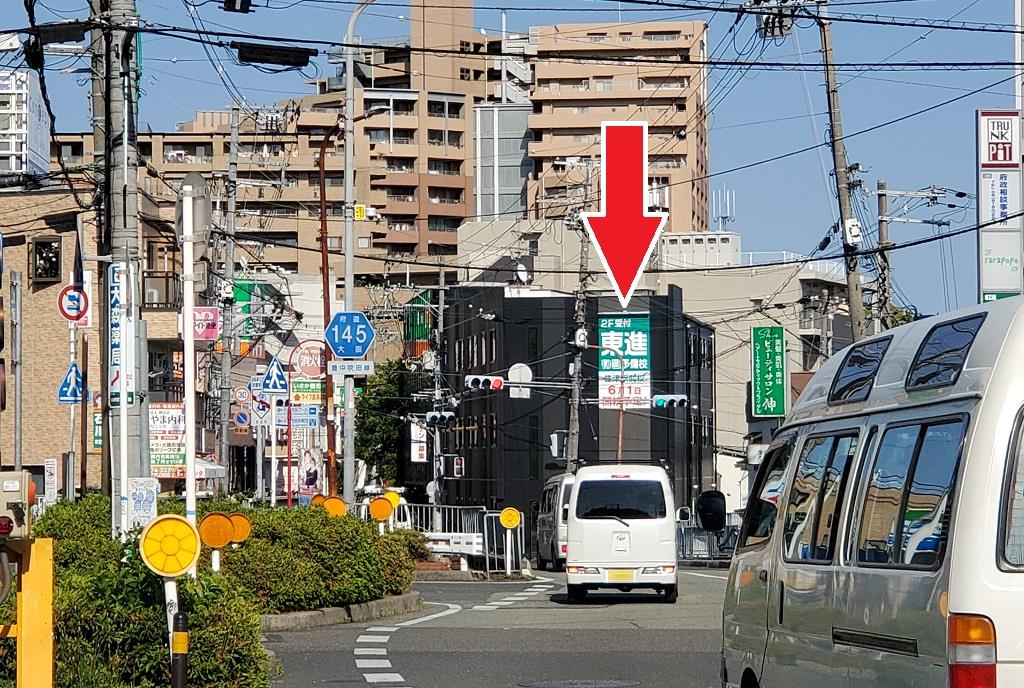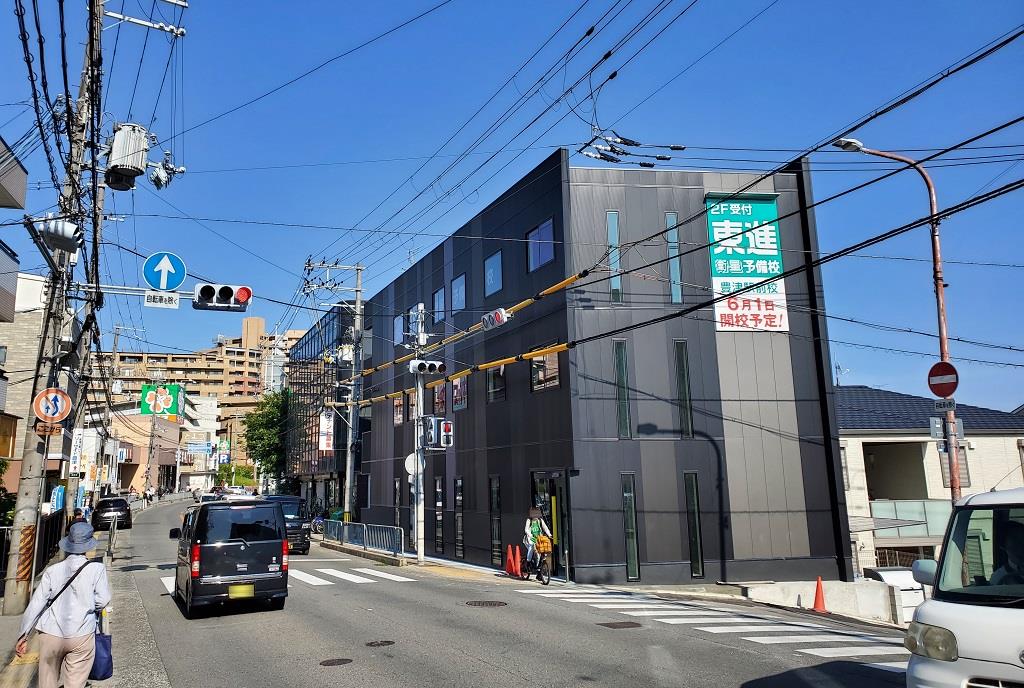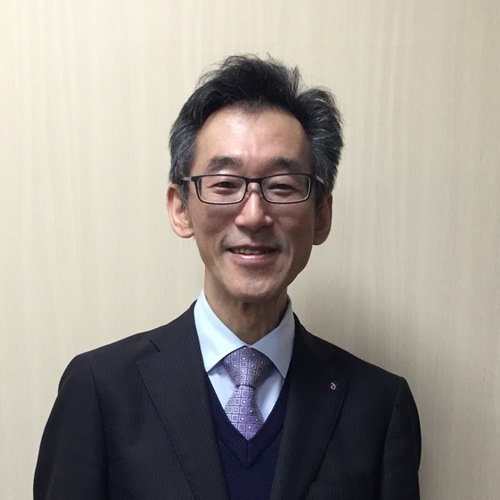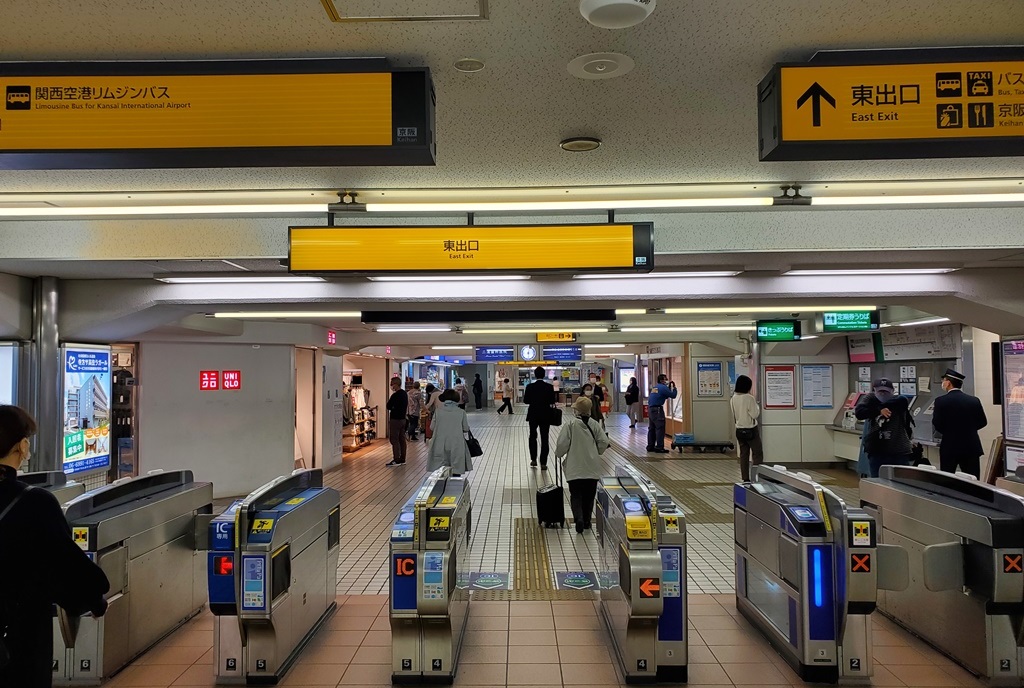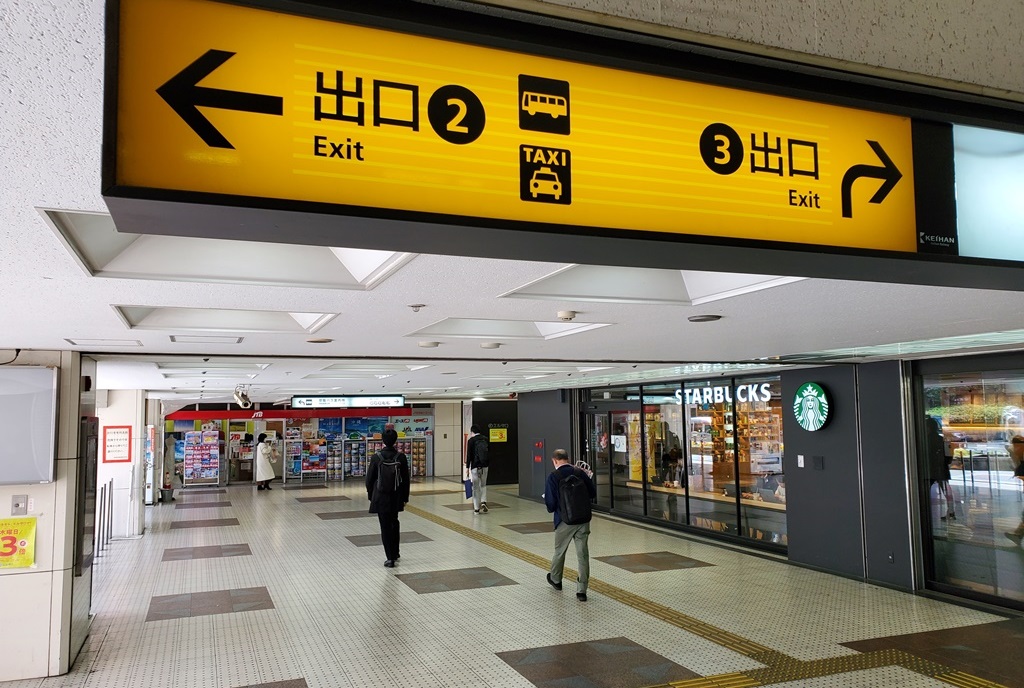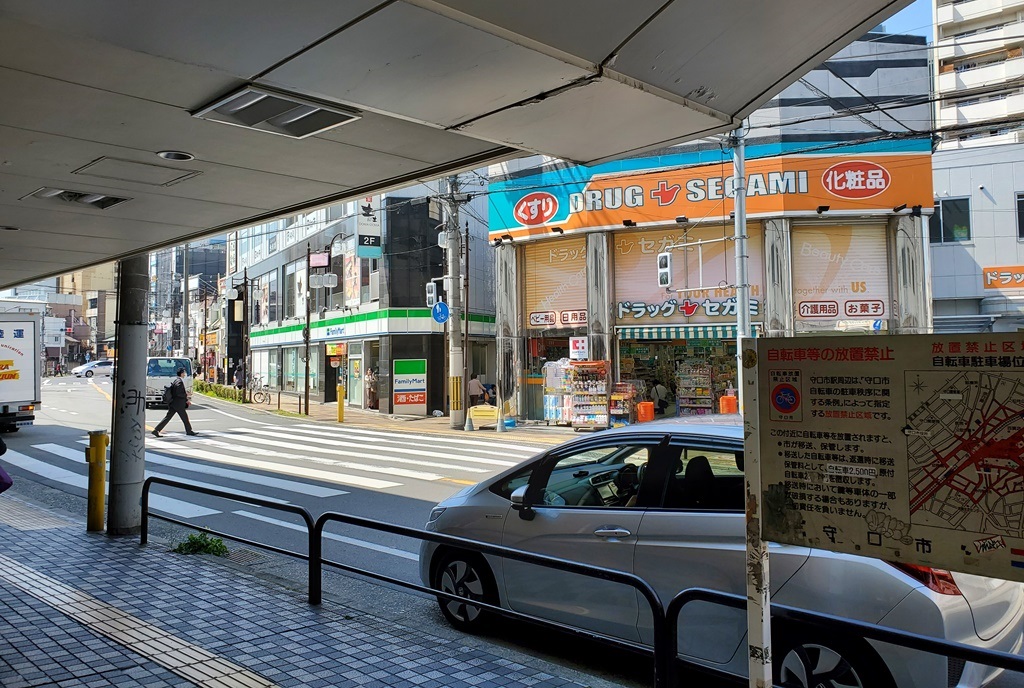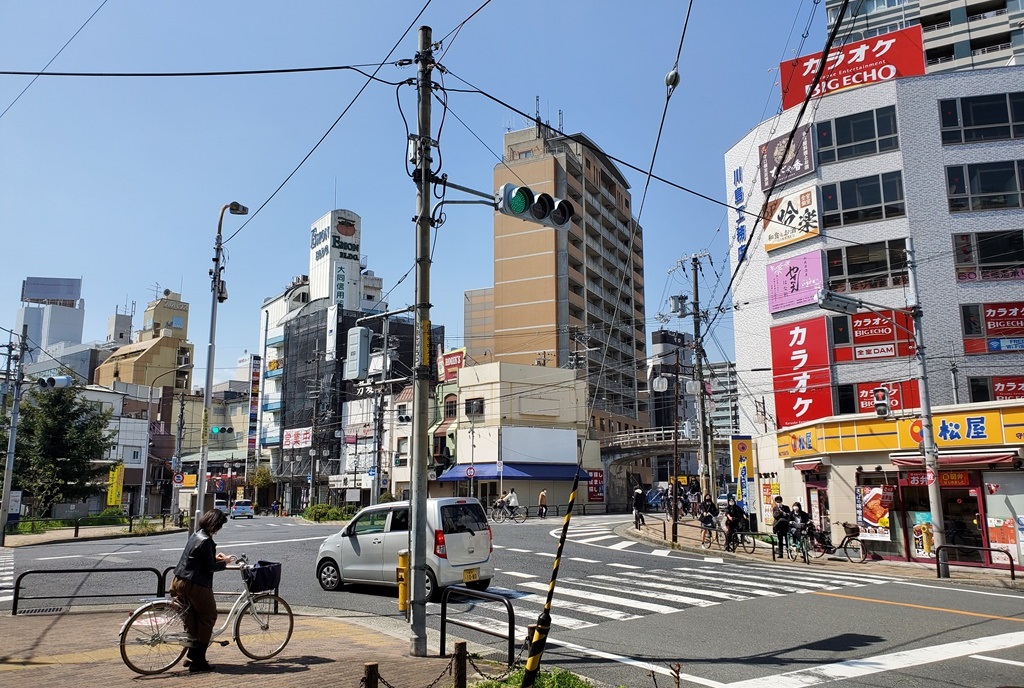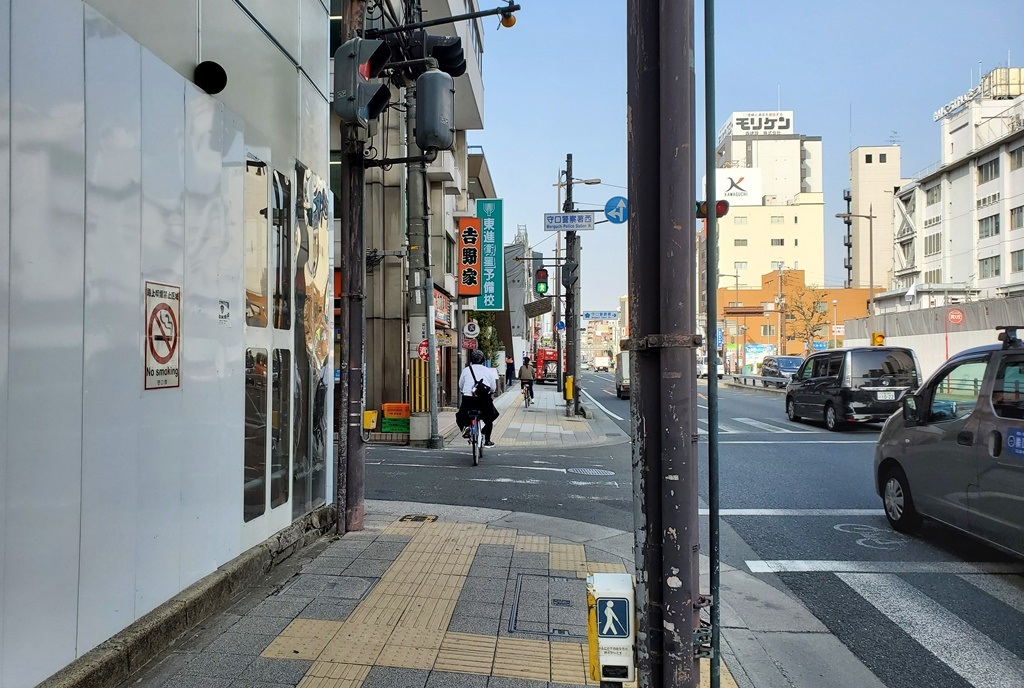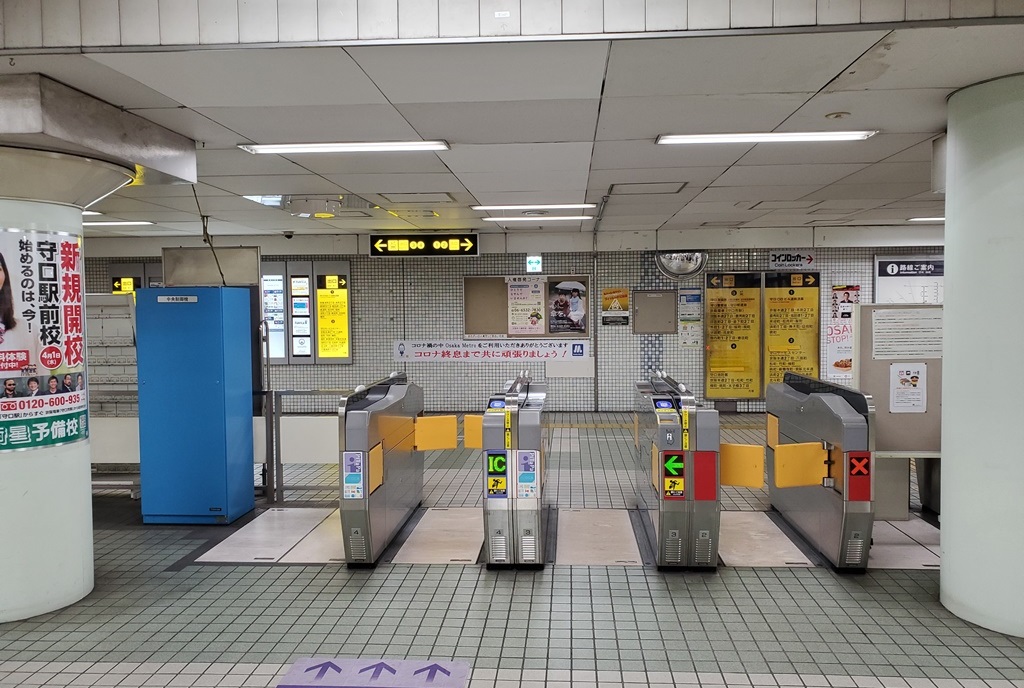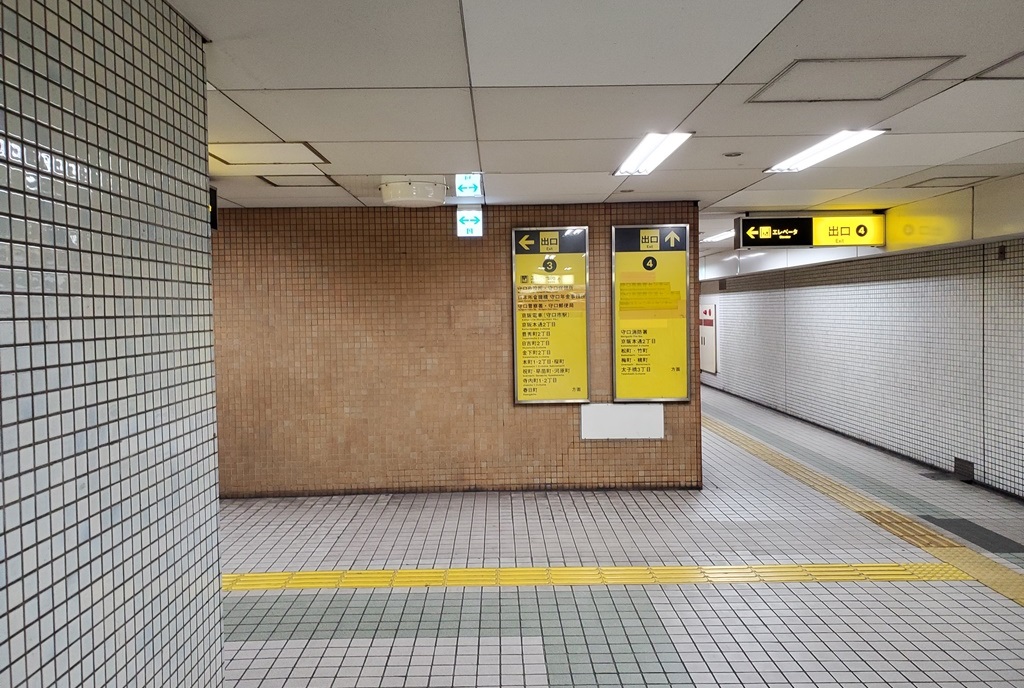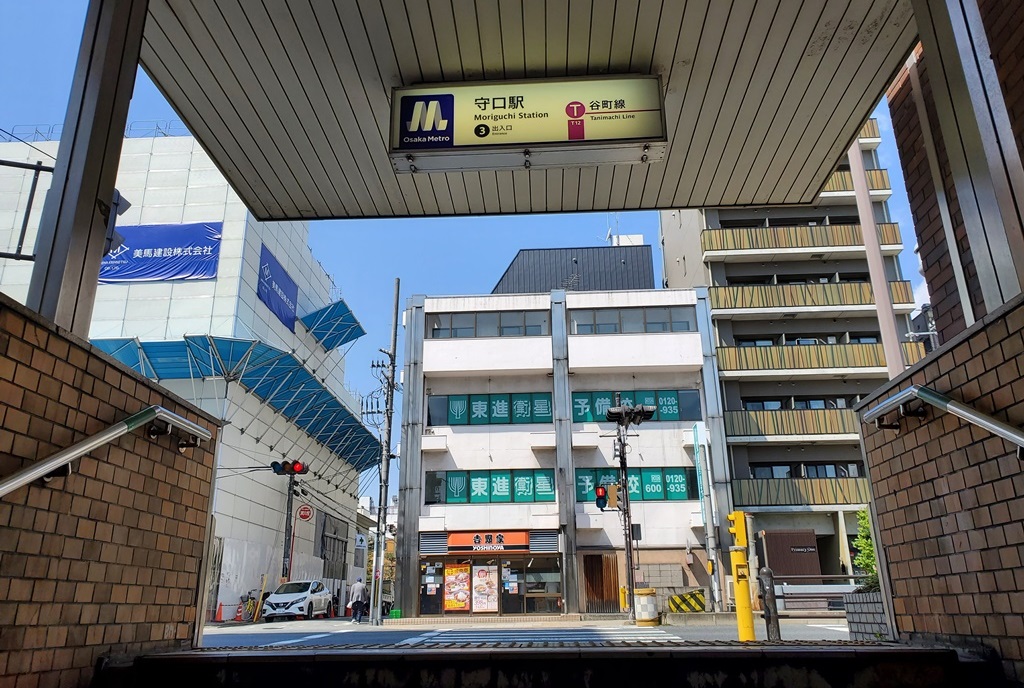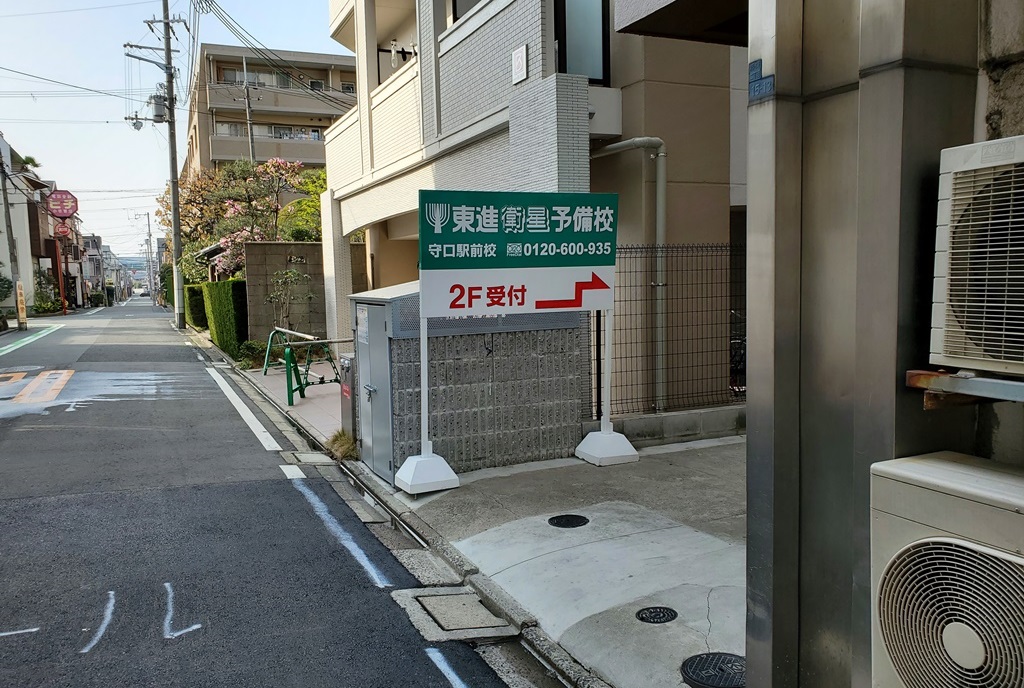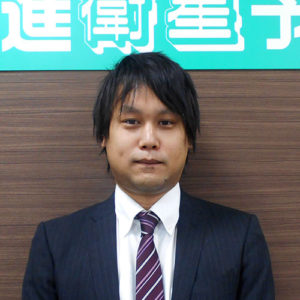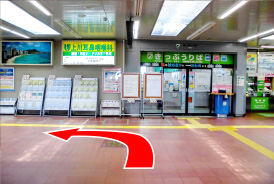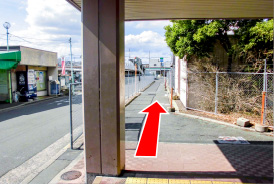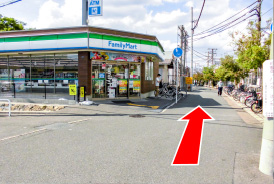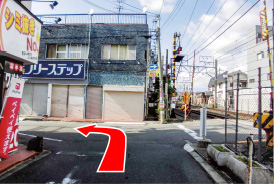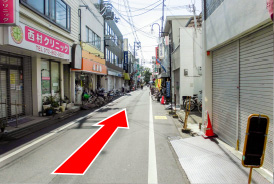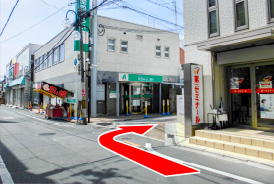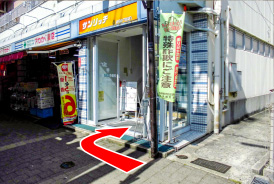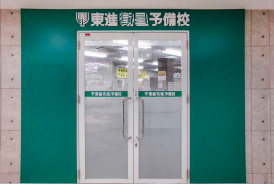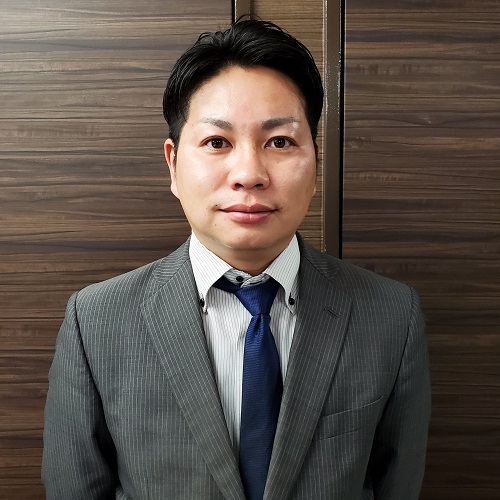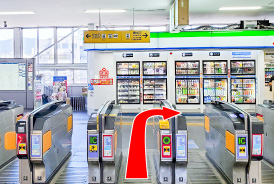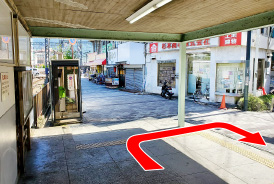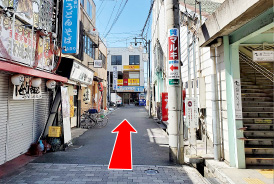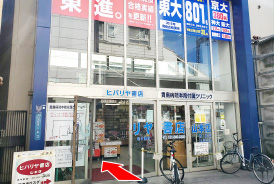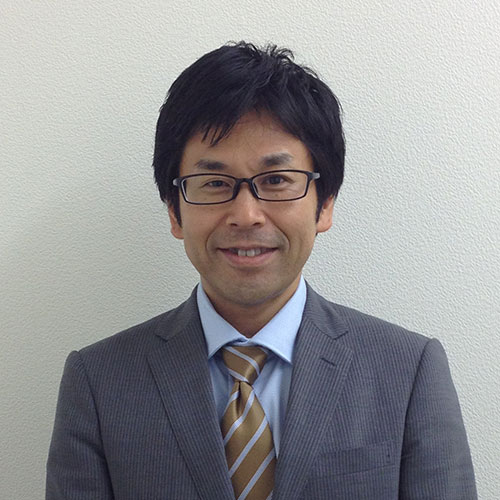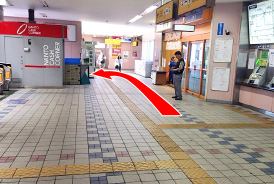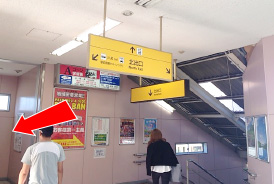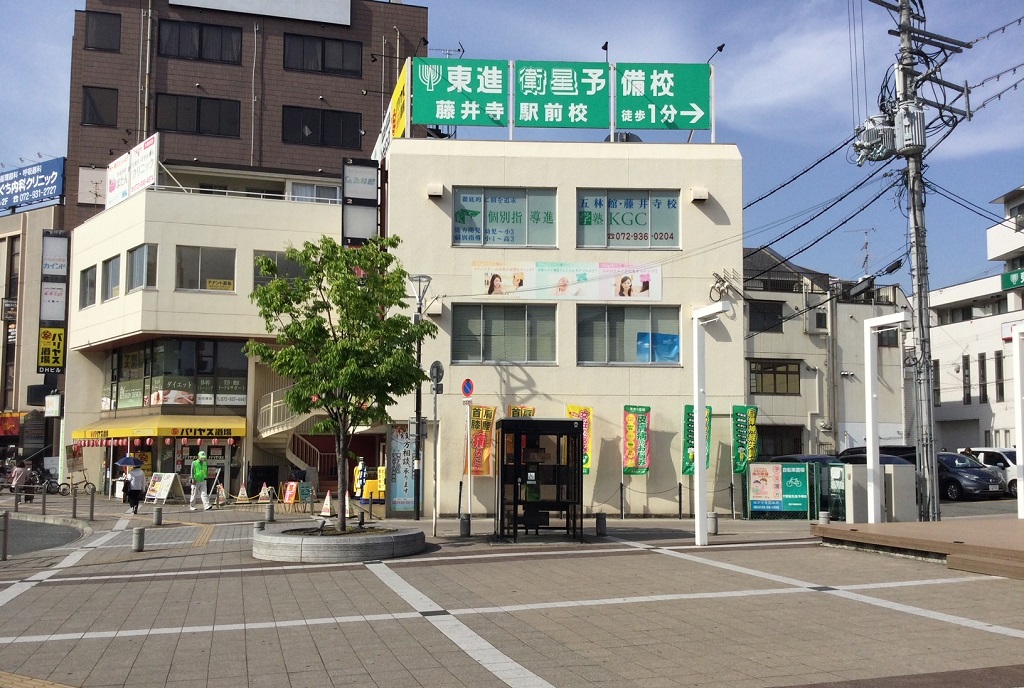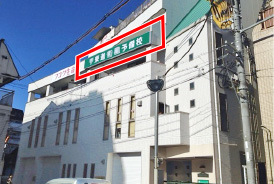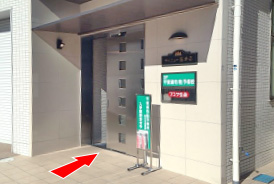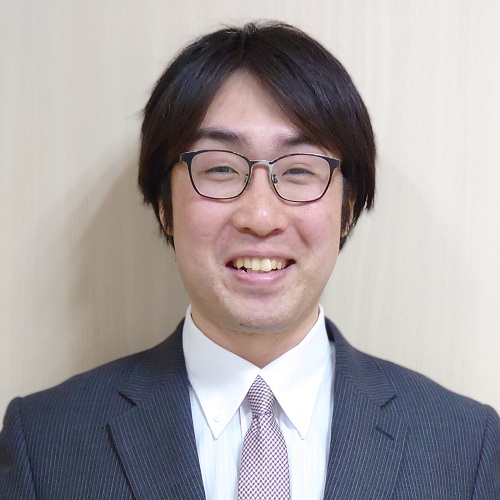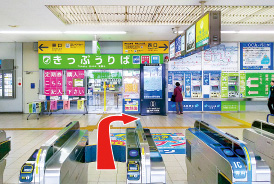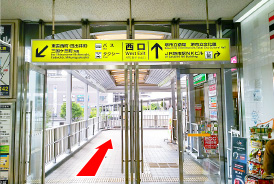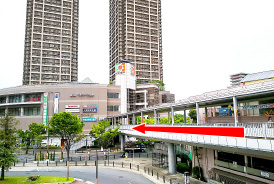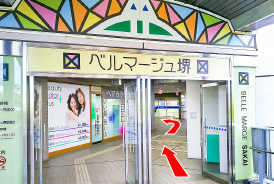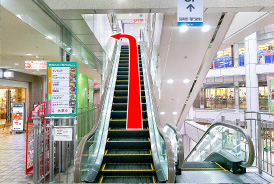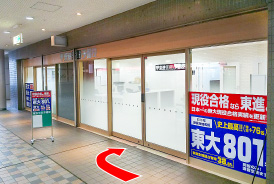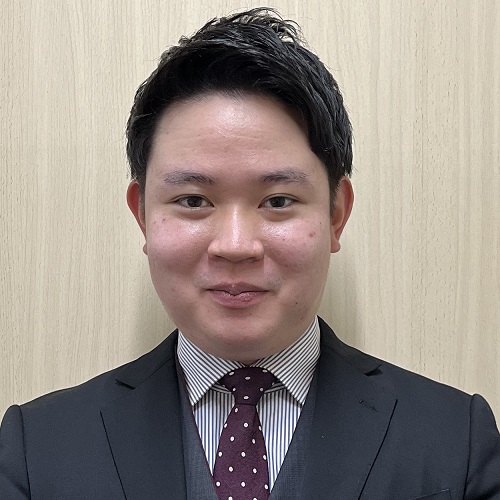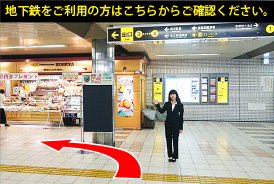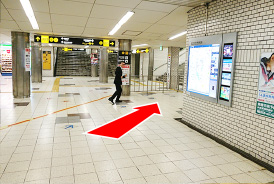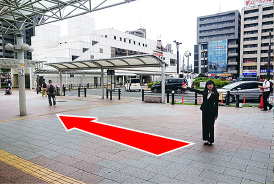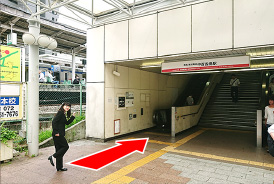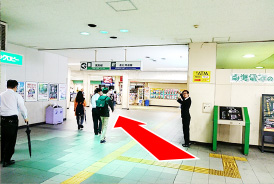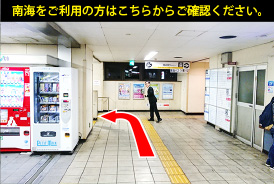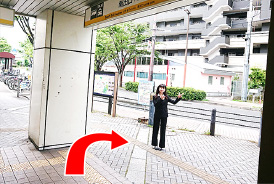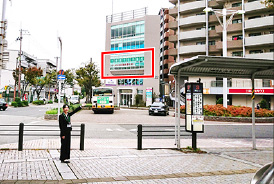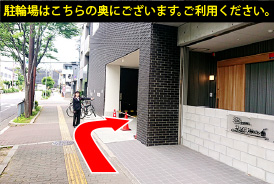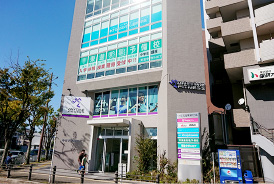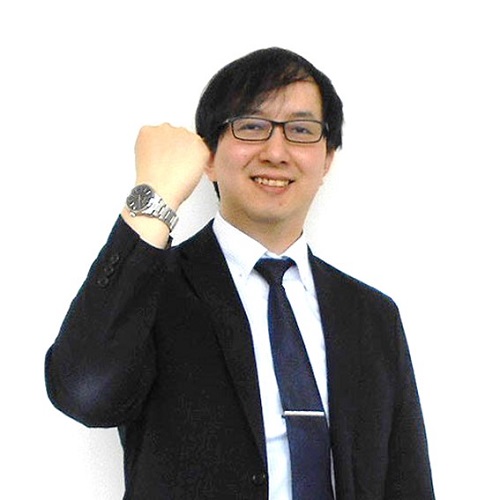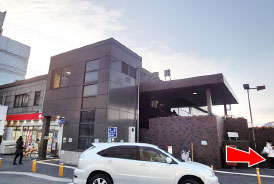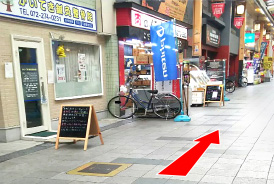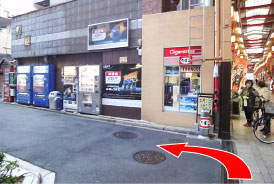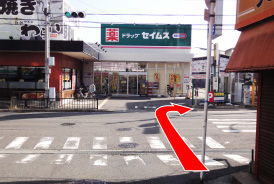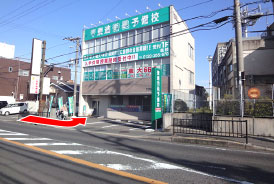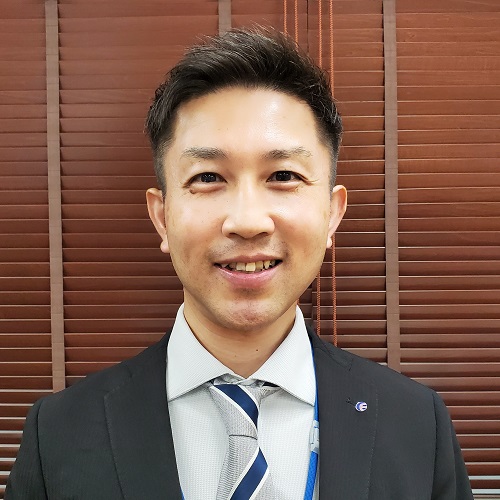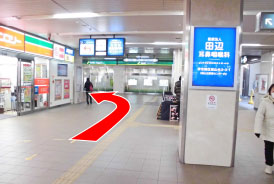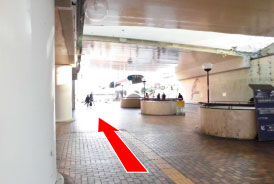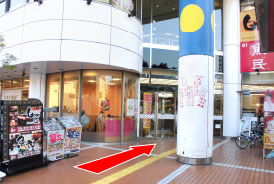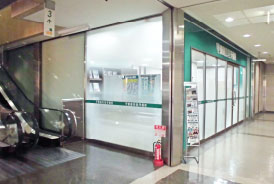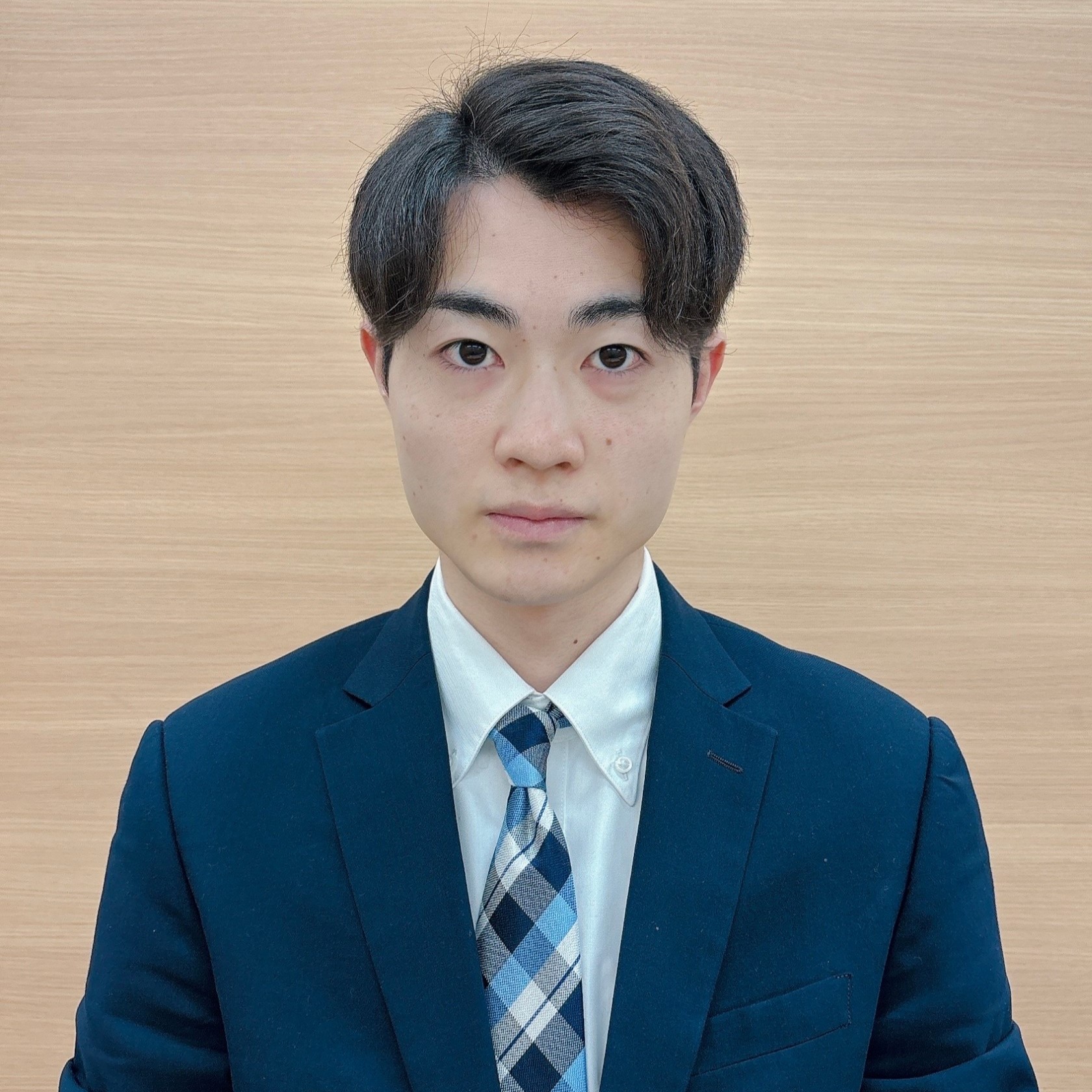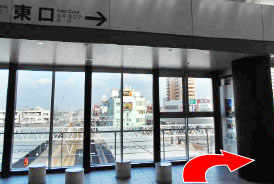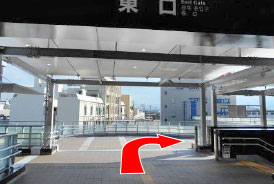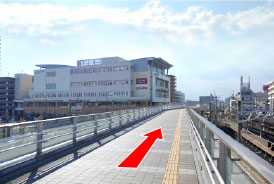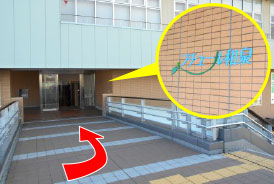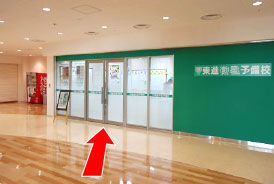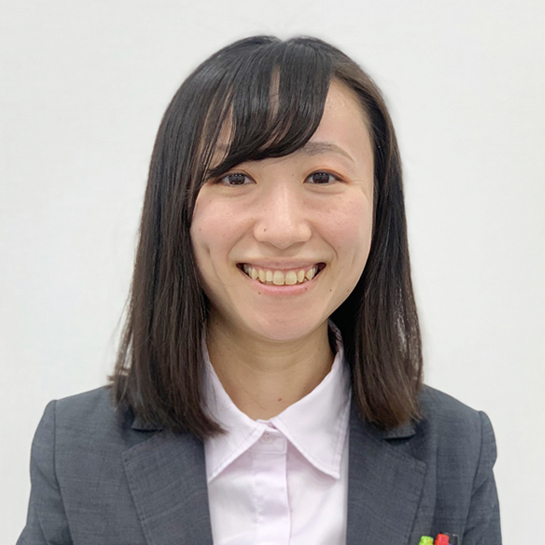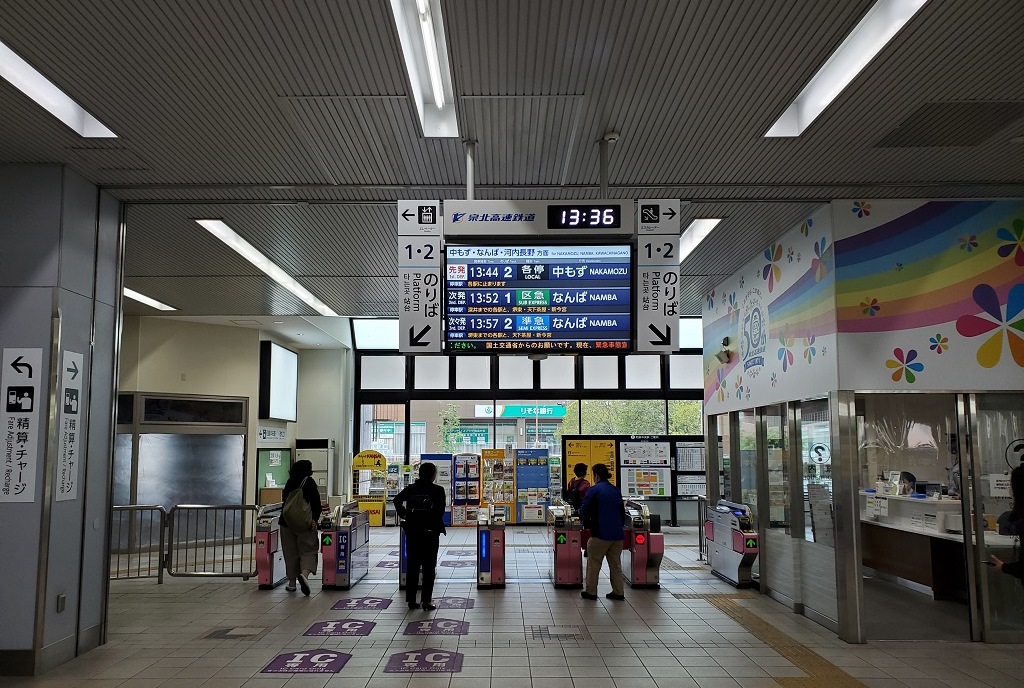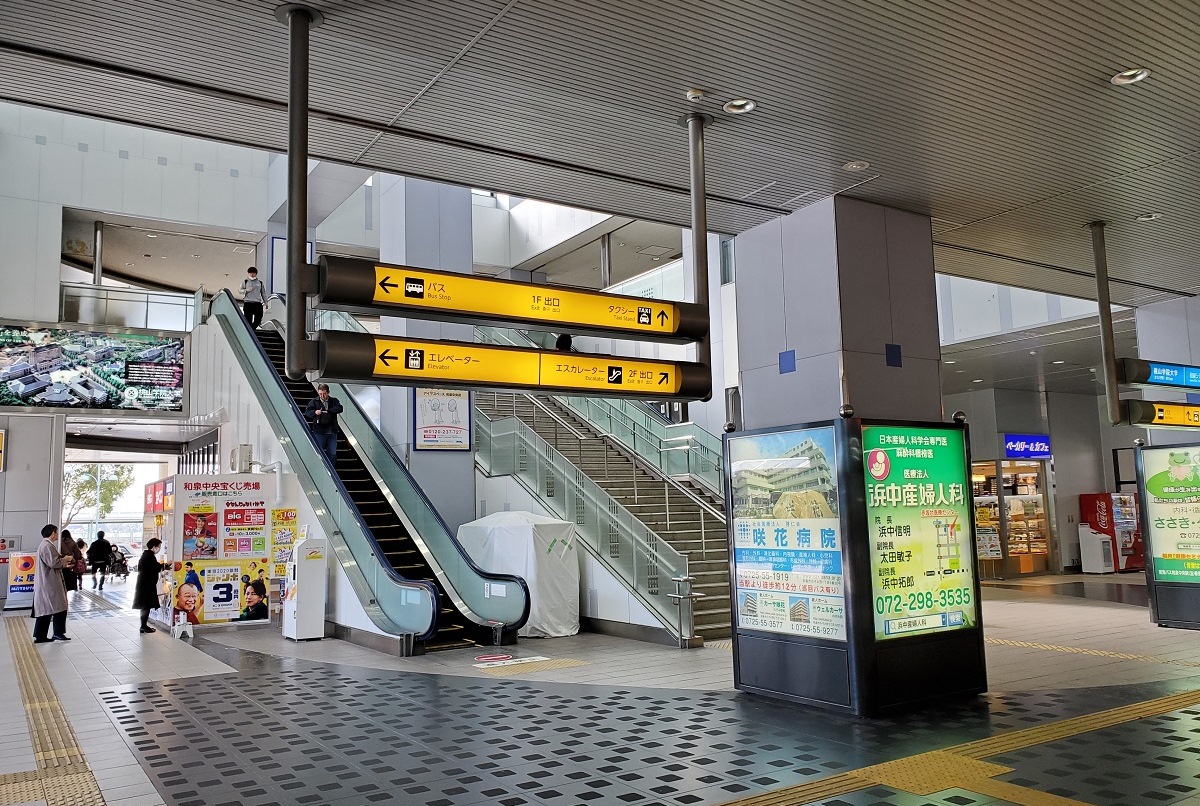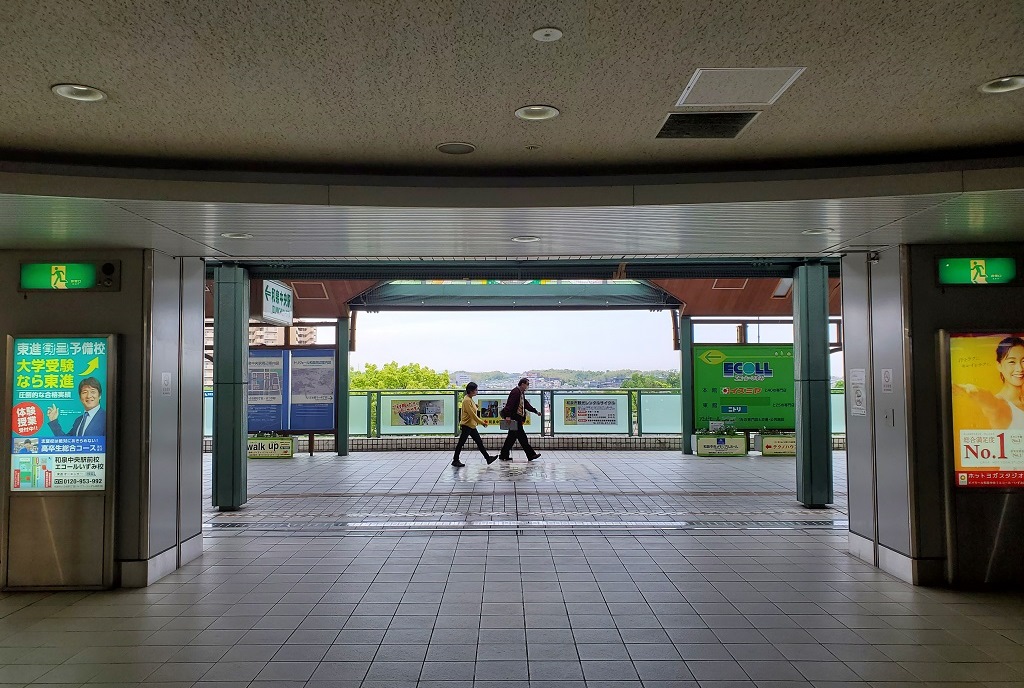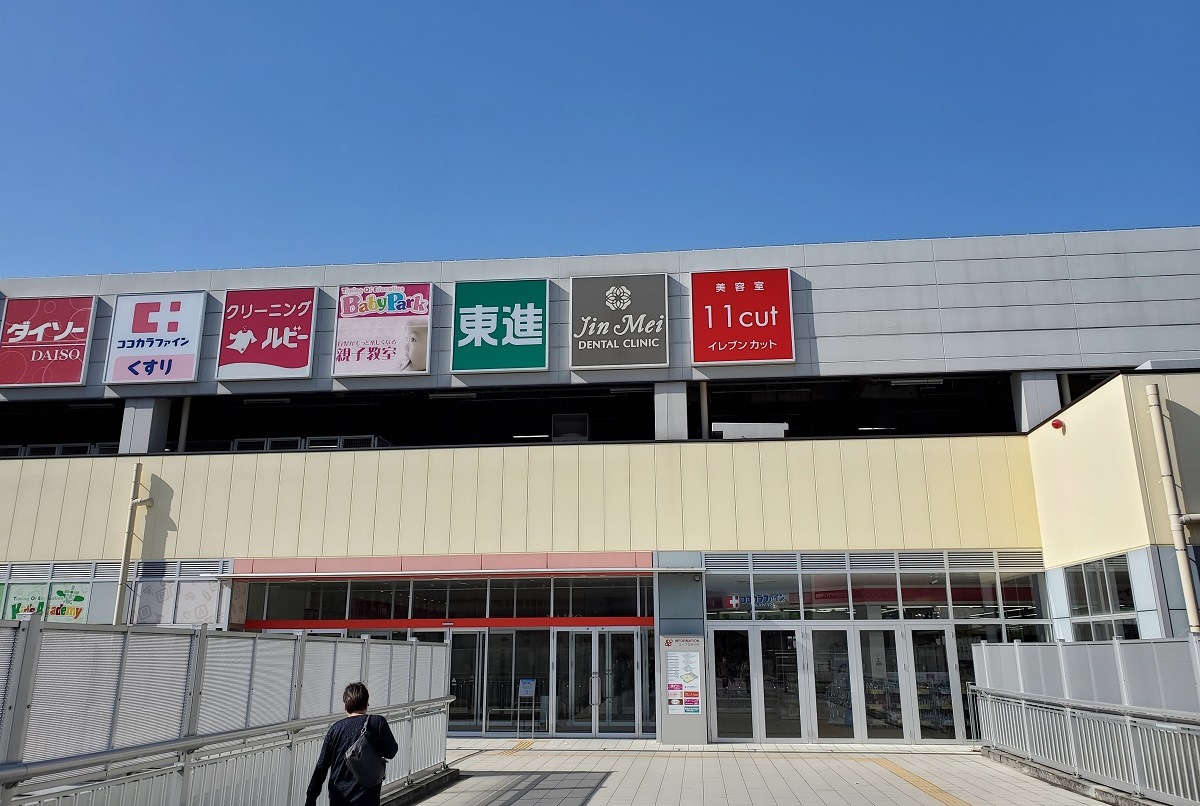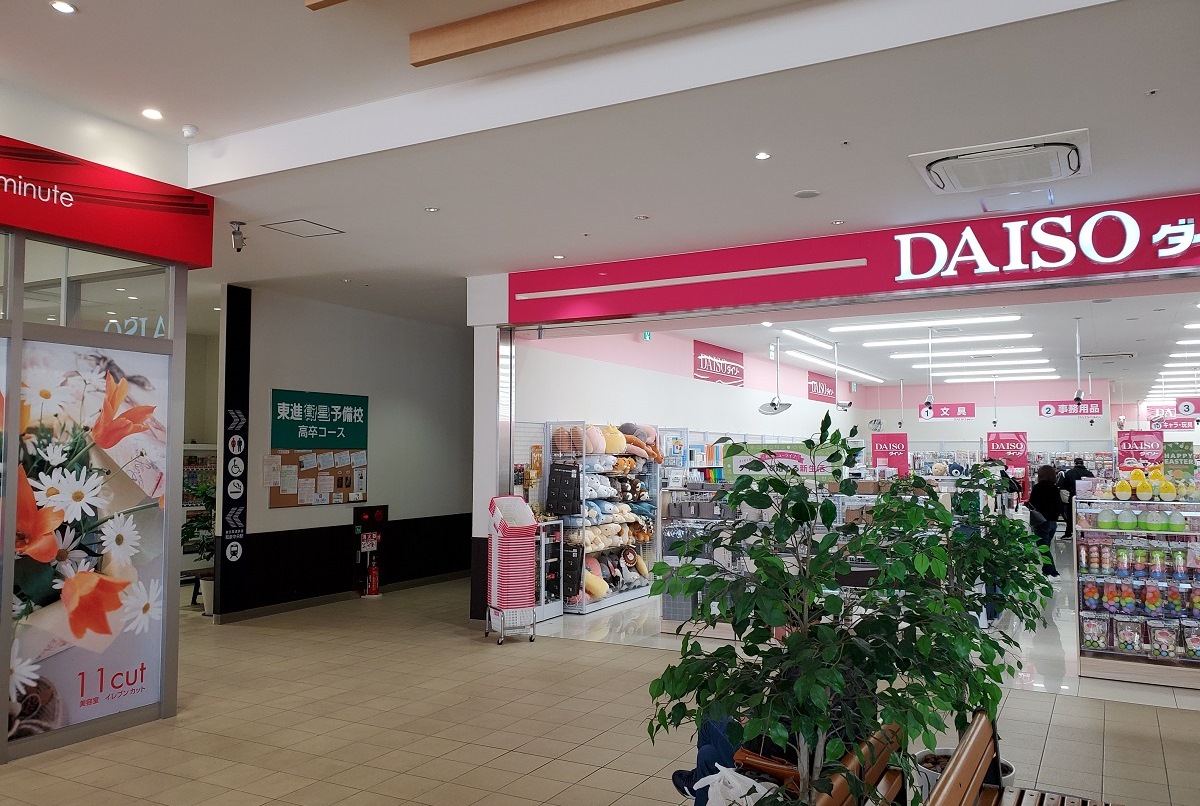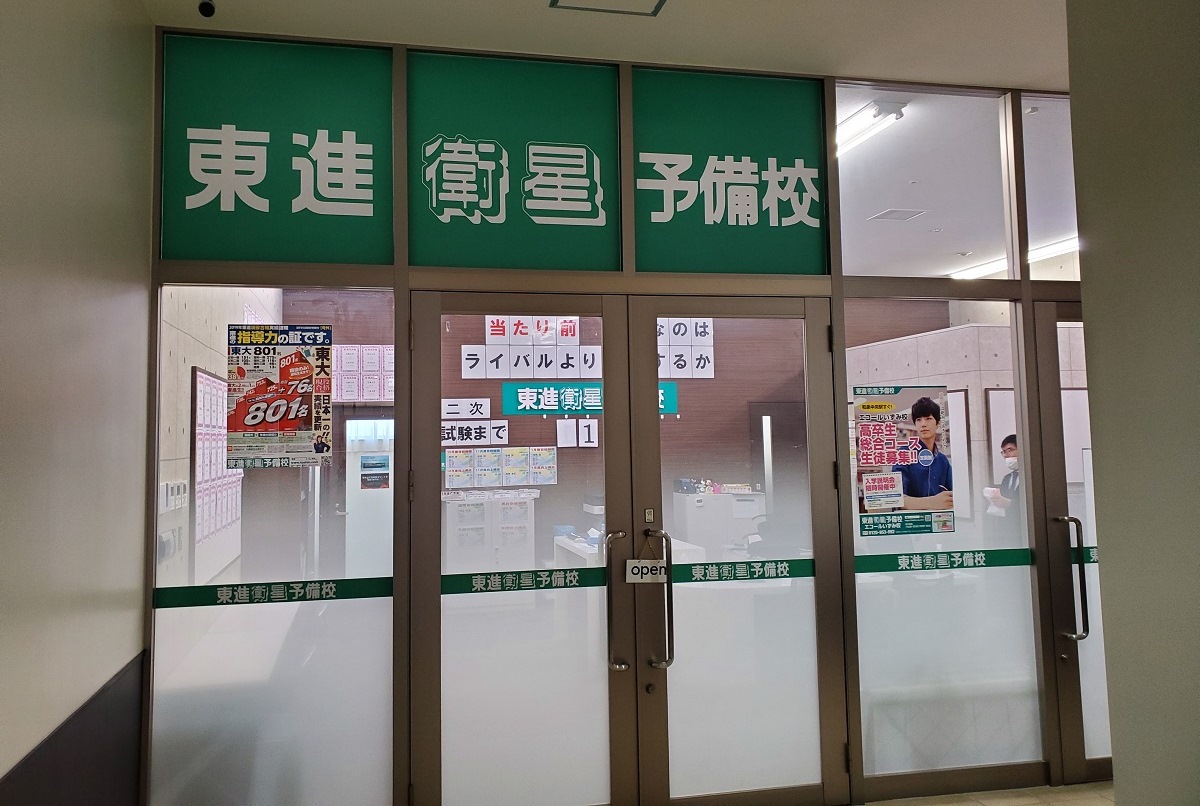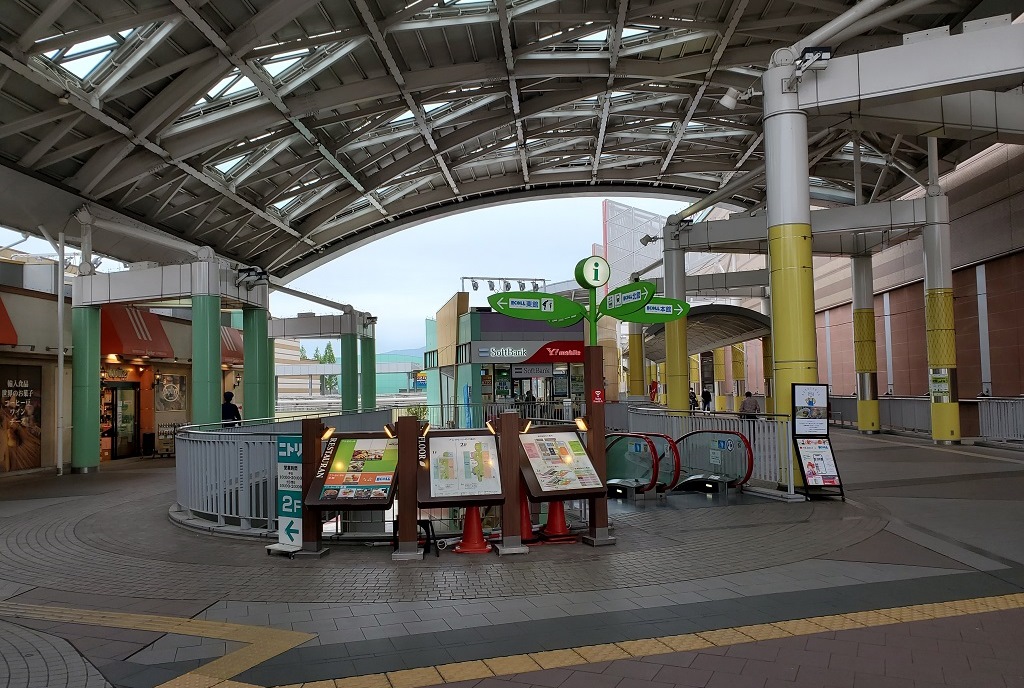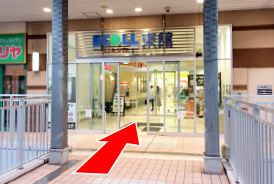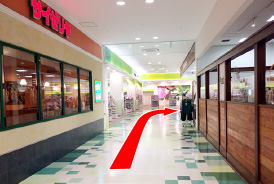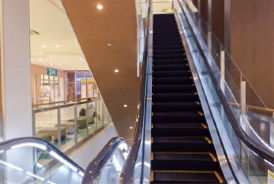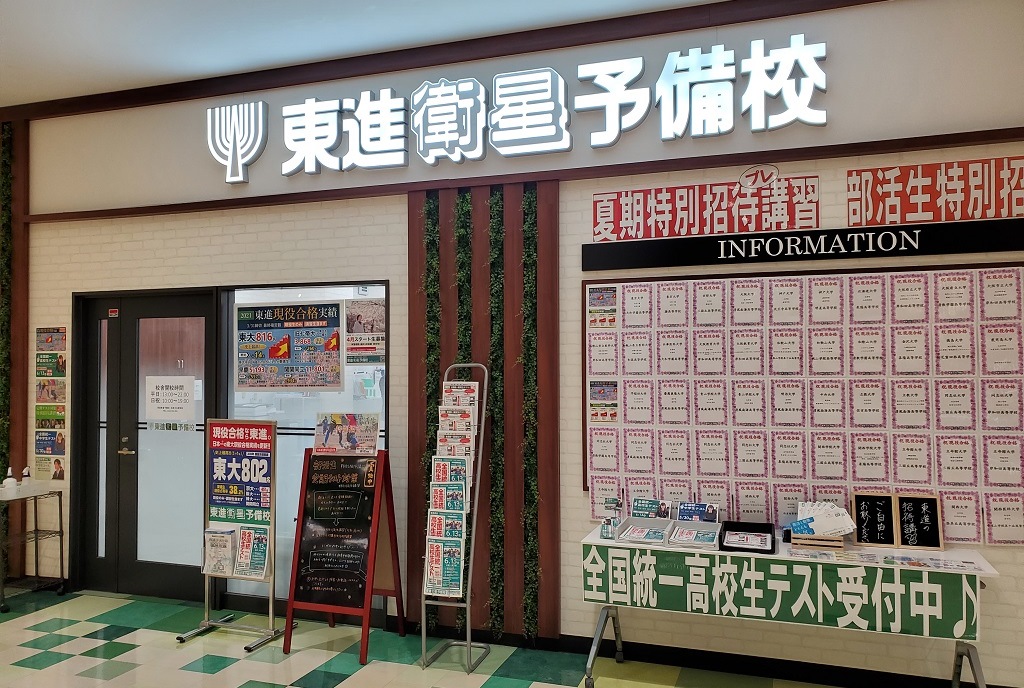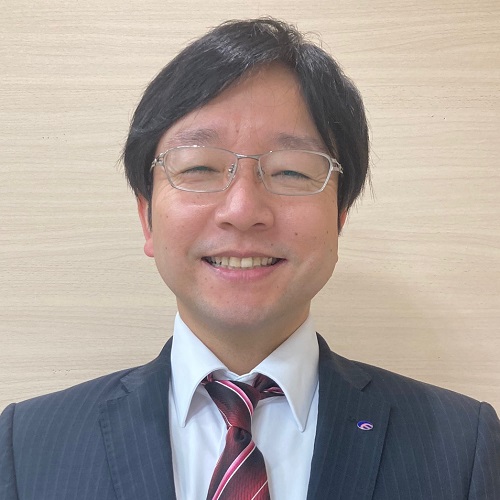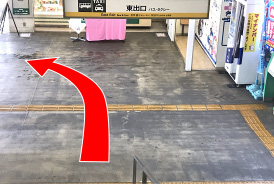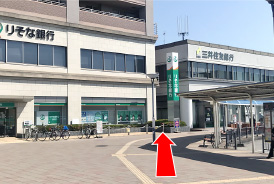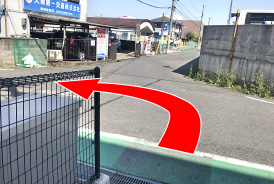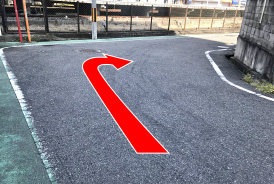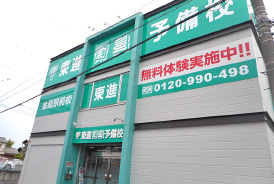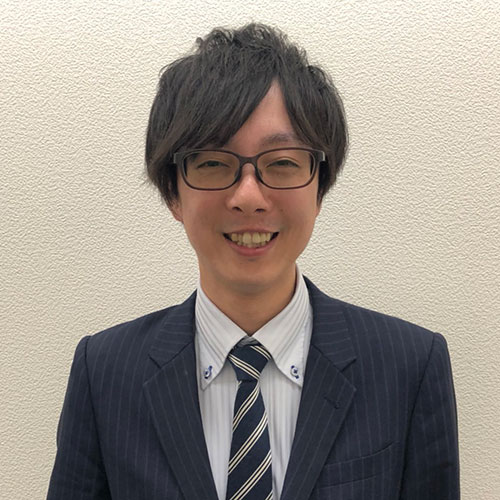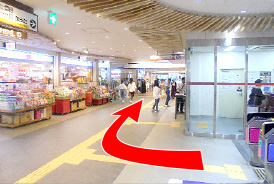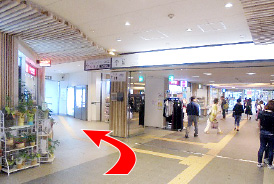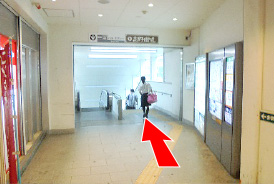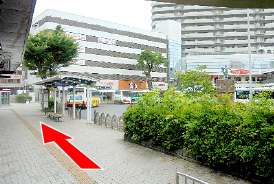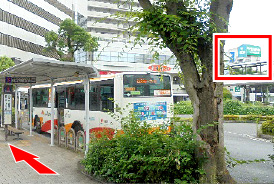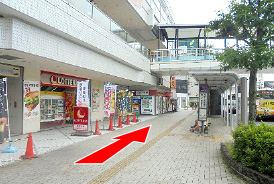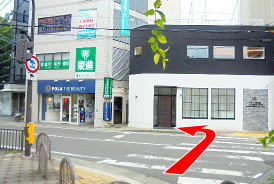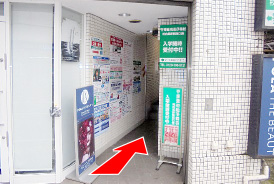Exactly about The Japanese women that married the enemy
2020/02/22
Seventy years back many Japanese individuals in occupied Tokyo after World War Two saw US troops since the enemy. But thousands of young Japanese ladies hitched GIs nevertheless – then encountered a huge find it difficult to find their spot in the usa.
For 21-year-old Hiroko Tolbert, fulfilling her spouse’s moms and dads the very first time after she had travelled to America in 1951 had been an opportunity to make a good impression.
She picked her kimono that is favourite for train journey to upstate ny, where she had heard everyone else had gorgeous clothes and breathtaking domiciles.
But alternatively than being impressed, the household had been horrified.
“My in-laws desired me personally to alter. They desired me personally in Western garments. Therefore did my hubby. She says so I went upstairs and put on something else, and the kimono was put away for many years.
It absolutely was the initial of several classes that American life wasn’t exactly just what it had been imagined by her become.
“we realised I became likely to go on a chicken farm, with chicken coops and manure every-where. No one eliminated their footwear in the home. In Japanese domiciles we did not wear footwear, every thing had been really clean – I happened to be devastated to reside in these conditions, ” she claims.
” They even provided me with a brand new title – Susie. “
Like numerous Japanese war brides, Hiroko had result from a fairly rich household, but could maybe perhaps maybe not see the next in a flattened Tokyo.
“Everything had been crumbled as a consequence of the US bombing. You mightn’t find roads, or shops, it absolutely was a nightmare. We had been struggling for meals and lodging.
“we did not know greatly about Bill, their back ground or family members, but we took the opportunity as he asked us to marry him. I really couldn’t live here, I experienced to obtain down to endure, ” she claims.
Hiroko’s choice to marry American GI Samuel “Bill” Tolbert did not drop well togetthe woman with her family members.
“My mom and cousin had been devastated I became marrying A american. My mom ended up being the one that is only found see me personally once I left. I was thinking, ‘That’s it, i am perhaps maybe maybe not likely to see Japan again, ‘” she claims.
Her husband’s family members additionally warned her that people would treat her differently in america because Japan had been the enemy that is former.
Day more than 110,000 Japanese-Americans on the US West Coast had been put into internment camps in the wake of the Pearl Harbor attacks in 1941 – when more than 2,400 Americans were killed in one.
It absolutely was the official that is largest forced moving in US history, prompted by driving a car that people of the city might behave as spies or collaborators which help the Japanese launch further assaults.
The camps had been closed in 1945, but feelings nevertheless went full of the decade that observed.
“The war had been a war without mercy, with amazing hatred and fear on both edges. The discourse ended up being additionally heavily racialised – and America was a fairly racist place in those days, having a large amount of prejudice against inter-race relationships, ” claims Prof Paul Spickard, a professional ever sold and Asian-American studies during the University of Ca.
Fortunately, Hiroko discovered the community around her brand brand brand new family members’ rural farm when you look at the Elmira part of New York welcoming.
“One of my better half’s aunts explained I would personally battle to get one to deliver my infant, but she herself was wrong. I was told by the doctor he had been honoured to deal with me. Their spouse and I also became close friends – she took me personally up to their residence to see my very first xmas tree, ” she states.
But other Japanese war brides discovered it harder to fit right in to segregated America.
“we remember getting on a coach in Louisiana that has been split into two parts – grayscale, ” recalls Atsuko Craft, whom relocated to the usa during the chronilogical age of 22 in 1952.
“I don’t understand locations to stay, and so I sat in the centre. “
Like Hiroko, Atsuko was in fact well-educated, but thought marrying A american would offer a significantly better life than residing in devastated post-war Tokyo.
She claims her “generous” husband – who she came across through a language change programme – consented to pay money for further training in america.
But despite graduating in microbiology and having a good task at a medical center, she claims she nevertheless encountered discrimination.
“I’d head to click this site have a look at a property or apartment, when they saw me personally, they would state it absolutely was currently taken. They thought I would personally reduce the property value. It absolutely was like blockbusting to produce yes blacks wouldn’t transfer to a neighbourhood, and it ended up being hurtful, ” she states.
The Japanese spouses additionally frequently faced rejection through the current community that is japanese-American relating to Prof Spickard.
“They thought these were free females, which appears to not have been the scenario – the majority of the ladies in Toyko were running money registers, stocking racks, or employed in jobs pertaining to the united states career, ” he claims.
About 30,000 to 35,000 women that are japanese to your United States throughout the 1950s, based on Spickard.
To start with, the united states military had purchased soldiers not to ever fraternise with neighborhood ladies and blocked demands to marry.
The War Brides Act of 1945 allowed American servicemen whom married abroad to carry their spouses house, but the Immigration was taken by it Act of 1952 make it possible for Asians to come quickly to America in vast quantities.
Once the ladies did relocate to the usa, some attended Japanese bride schools at armed forces bases to master just how to do such things as bake cakes the US method, or walk in heels as opposed to the flat footwear to that they had been accustomed.
But the majority of were completely unprepared.
In general, the Japanese women that married black Americans settled more effortlessly, Spickard claims.
“Black families knew just what it had been want to be in the side that is losing. These were welcomed by the sisterhood of black colored ladies. However in little white communities in places like Ohio and Florida, their isolation had been usually extreme. “
Atsuko, now 85, says she noticed a large distinction between life in Louisiana and Maryland, near Washington DC, where she raised her two young ones but still lives along with her spouse.
And she states times have actually changed, and she doesn’t experience any prejudice now.
“America is more worldly and sophisticated. Personally I think such as a Japanese American, and I also’m pleased with that, ” she says.
Hiroko agrees that things will vary. But the 84-year-old, whom divorced Samuel in 1989 and it has since remarried, believes she’s got changed just as much as America.
“we discovered become less restrictive with my four young ones – the Japanese are disciplined and education is vital, it absolutely was constantly research, research, research. We spared cash and became a effective shop owner. At long last have actually a great life, a breathtaking house.
“We have opted for the direction that is right my entire life – we have always been quite definitely A us, ” she states.
But there is however no Susie any longer. Just Hiroko.
The complete documentary Fall Seven Times, get fully up Eight will air on BBC World Information on the weekend. Simply Simply Click to look at routine.



